A city-wide approach to youth-based philanthropy in Tanzania
A Swiss-based foundation is taking a different approach to philanthropy in the coastal city of Tanga, where dozens of projects are aimed at making the city more liveable and equitable.
By Sara Jerving // Feb. 5, 2024

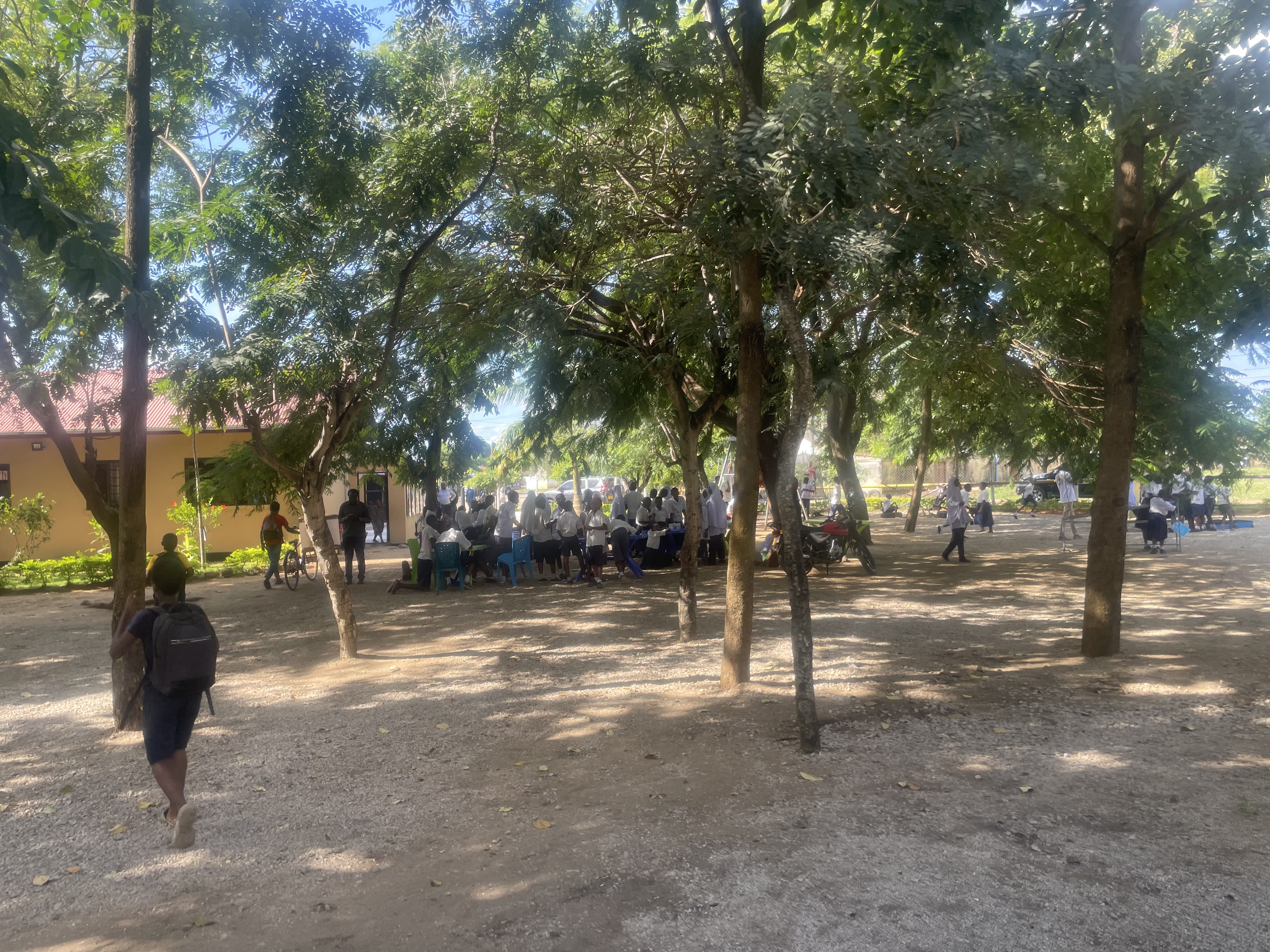
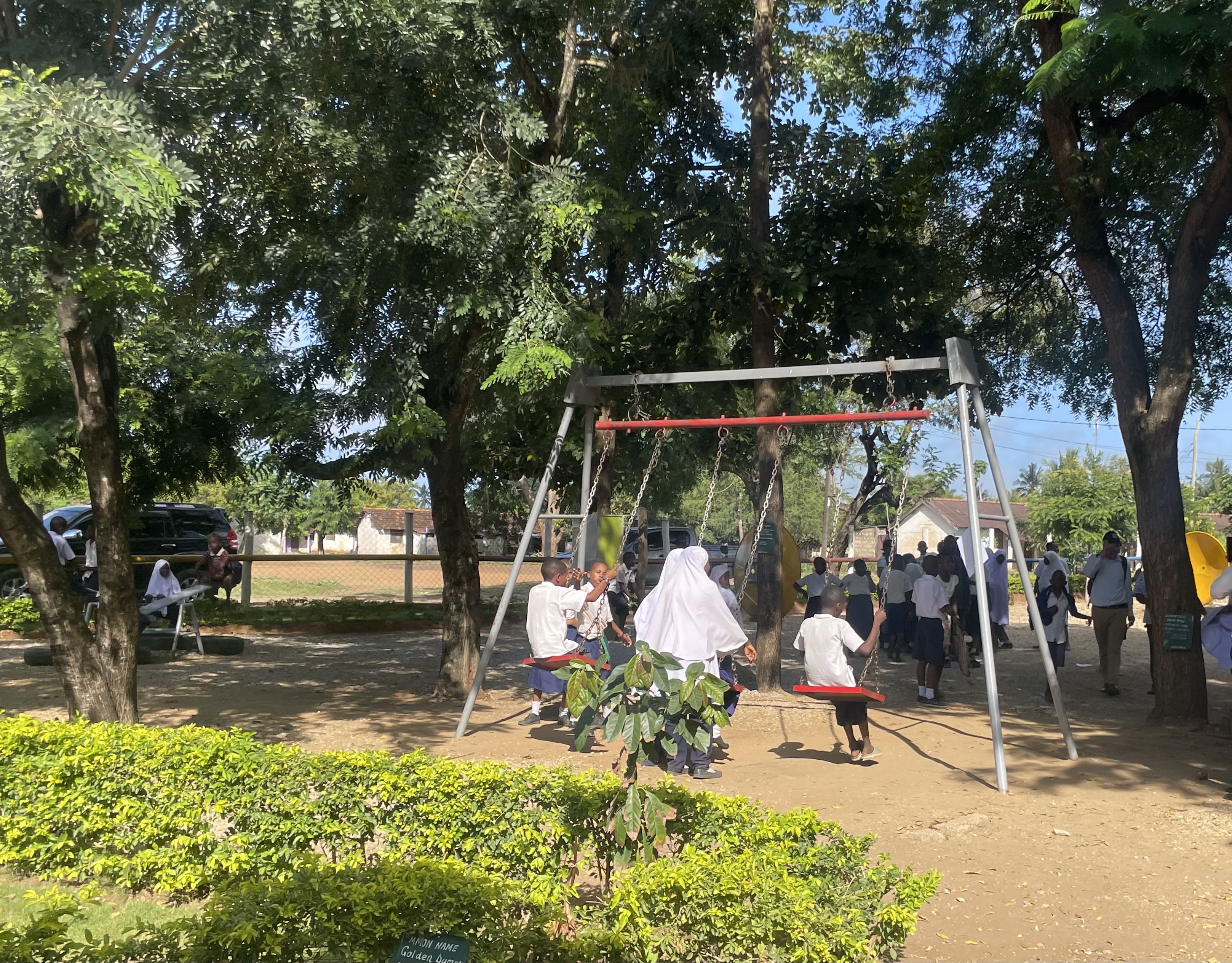
TANGA, Tanzania — At first glance, it looks like any other playground with kids huddled around in clusters throughout the yard.
Some jump on a trampoline, others hover around picnic tables and some make music. But this is far from a normal playground.
It is the first science, technology, engineering, and mathematics, or STEM, park to be built in Tanzania.
And these kids are exploring sophisticated concepts around physics, chemistry, and engineering.
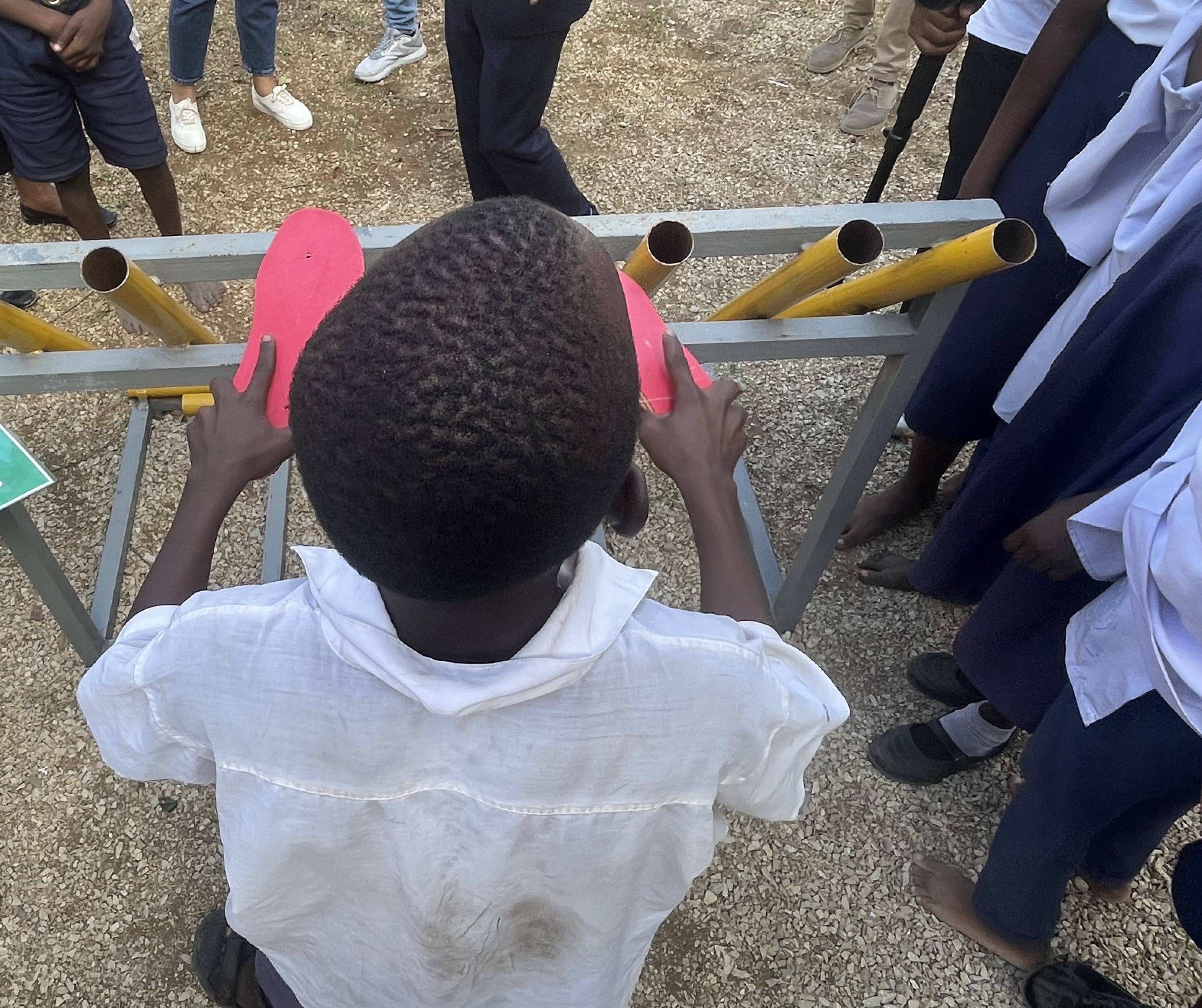

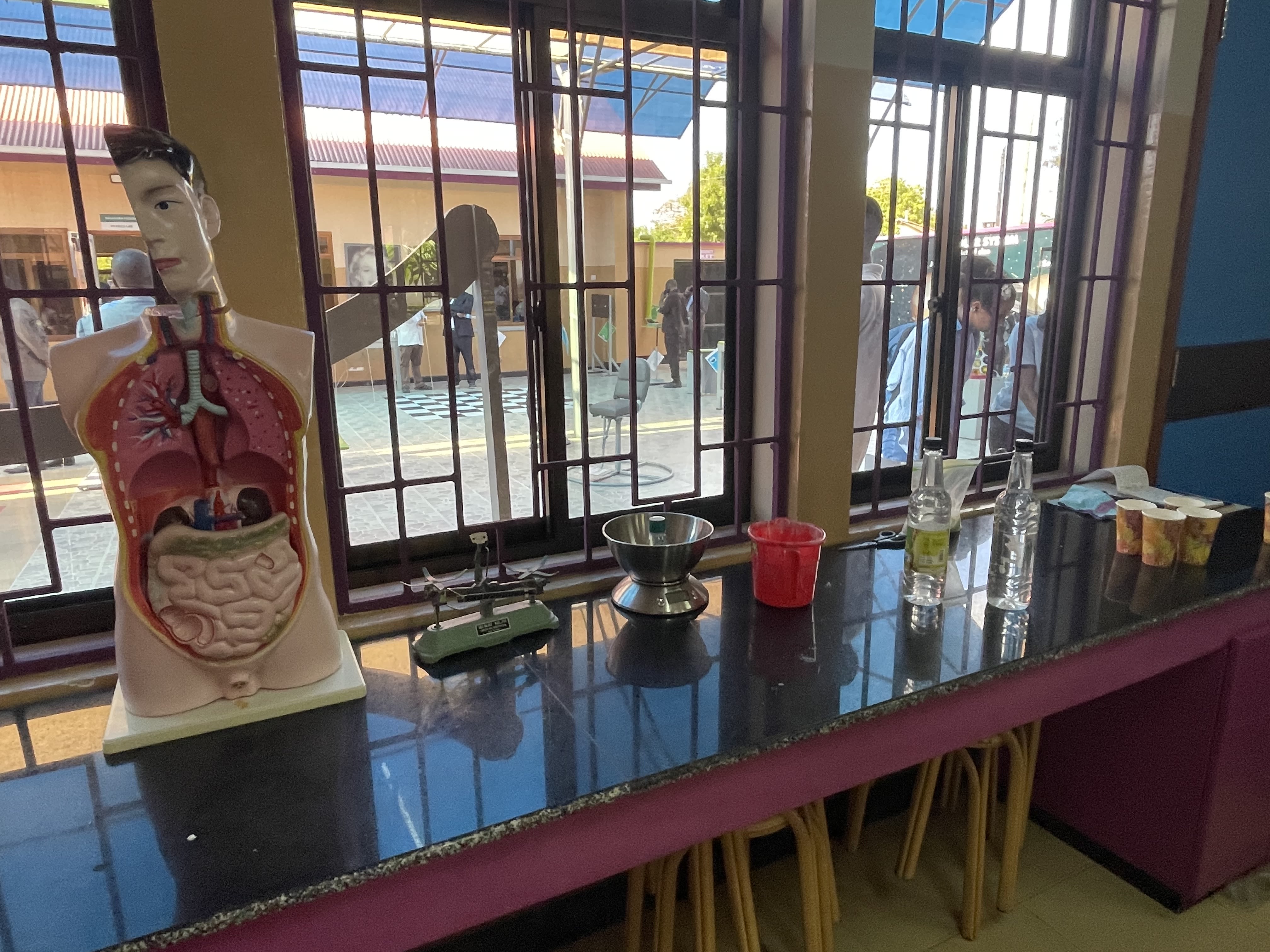
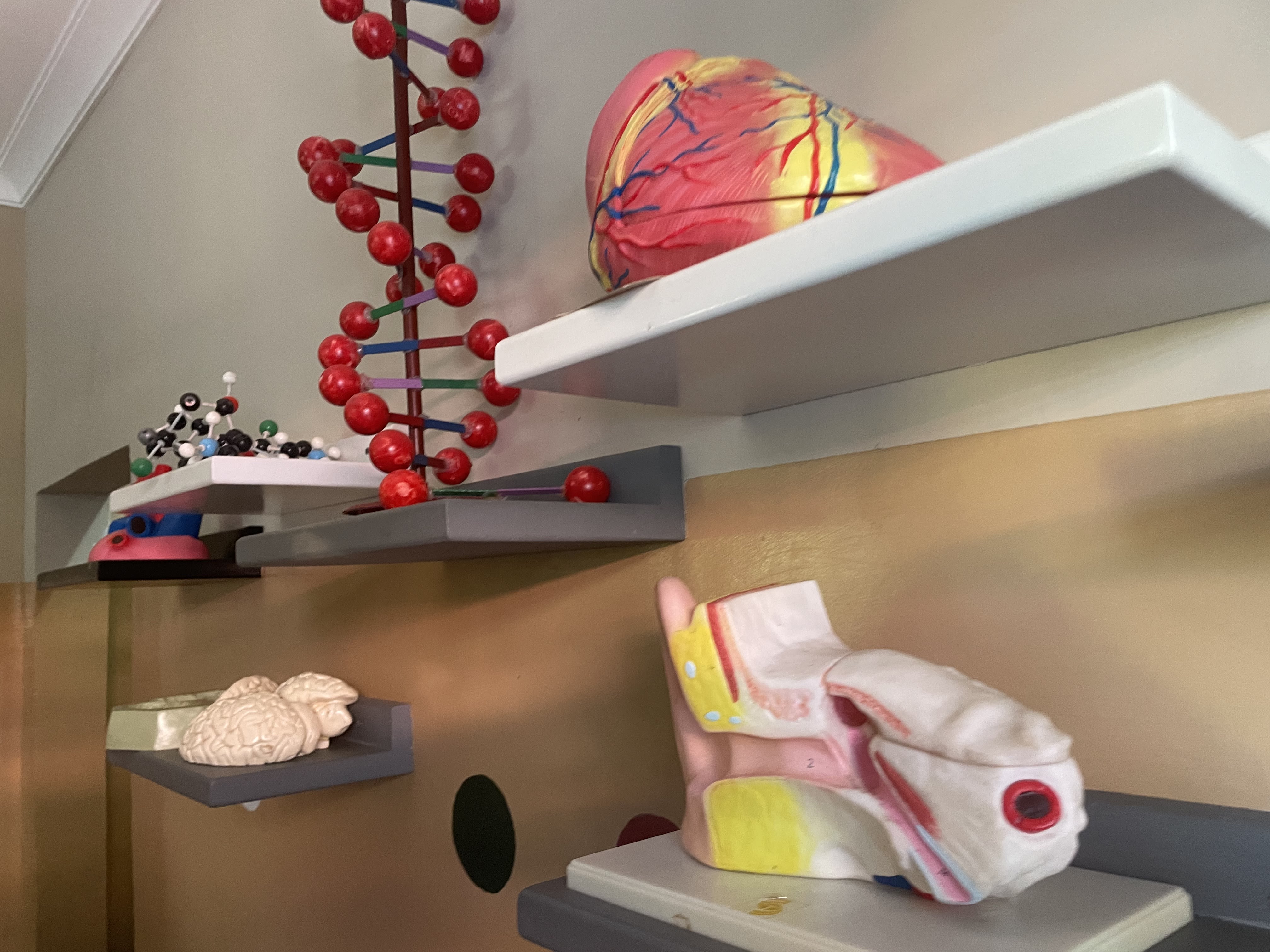
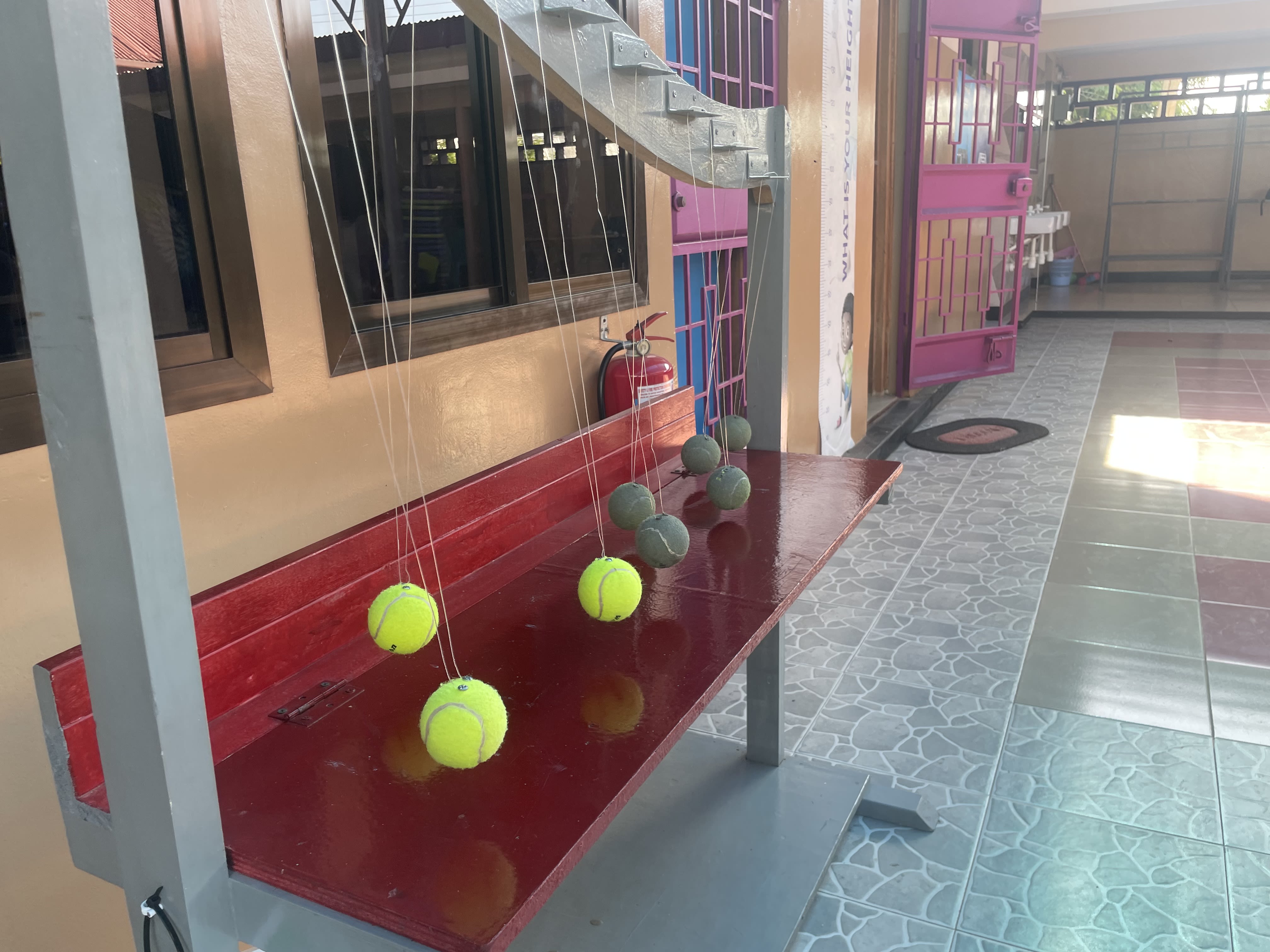
Biology and physics exhibits at the STEM park.
Biology and physics exhibits at the STEM park.
This park is in Tanga, a coastal Indian Ocean port city in northern Tanzania. It’s one of the projects of Fondation Botnar and its partners in the city.
The foundation has about 30 partnerships running projects across the city, all aimed at helping youth, with a particular focus on training them on digital technologies and artificial intelligence.
The umbrella name for this work is Tanga Yetu, which means “Our Tanga” in Swahili, and it started in 2018.
Tanga is a midsized city of nearly 400,000 people with an average income of about $1,230 per person — but the kids in this city are exposed to opportunities that surpass those available in some higher-resource settings — such as the ability to build their own robots and convert fuel engines to electric.
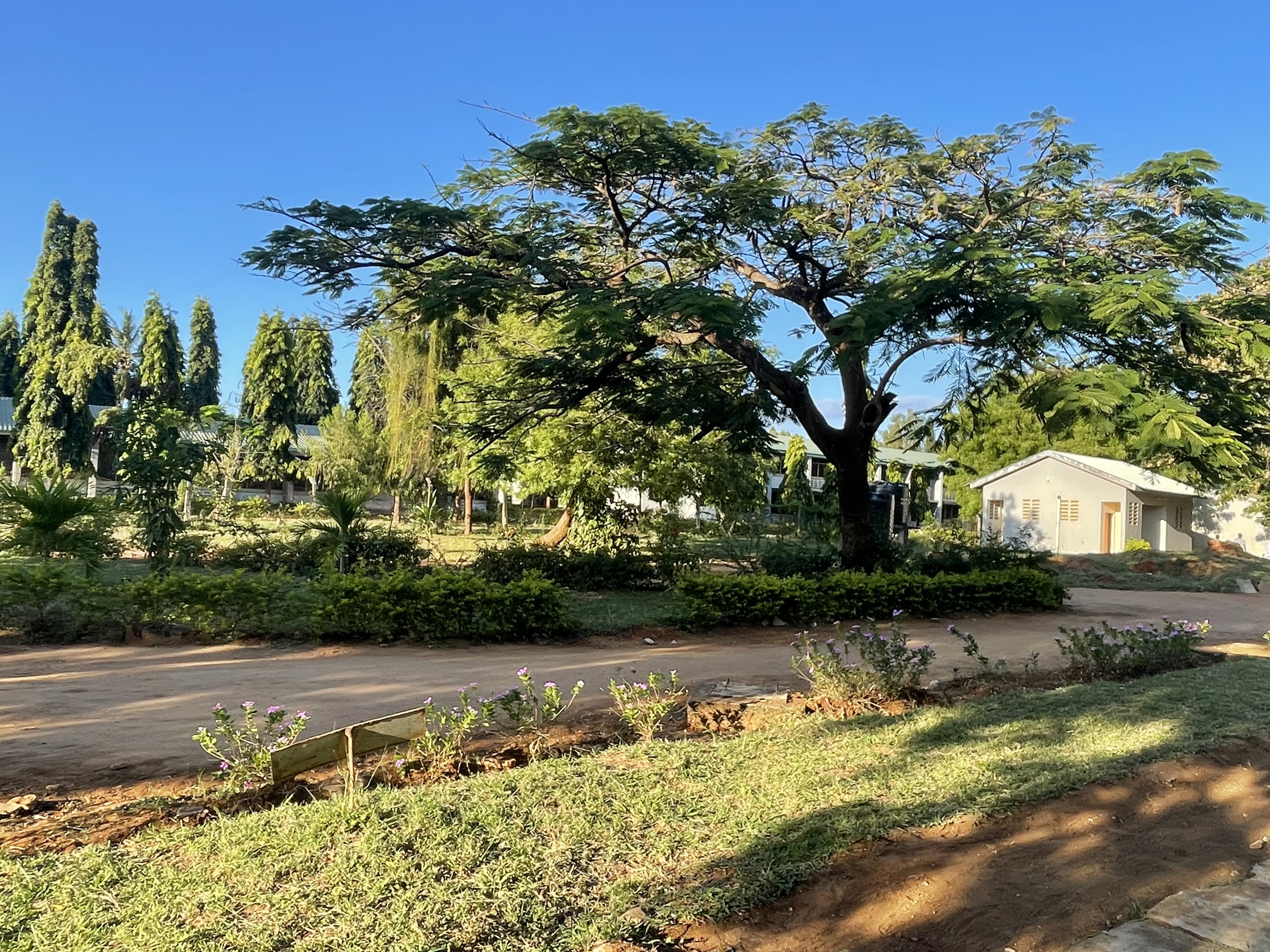
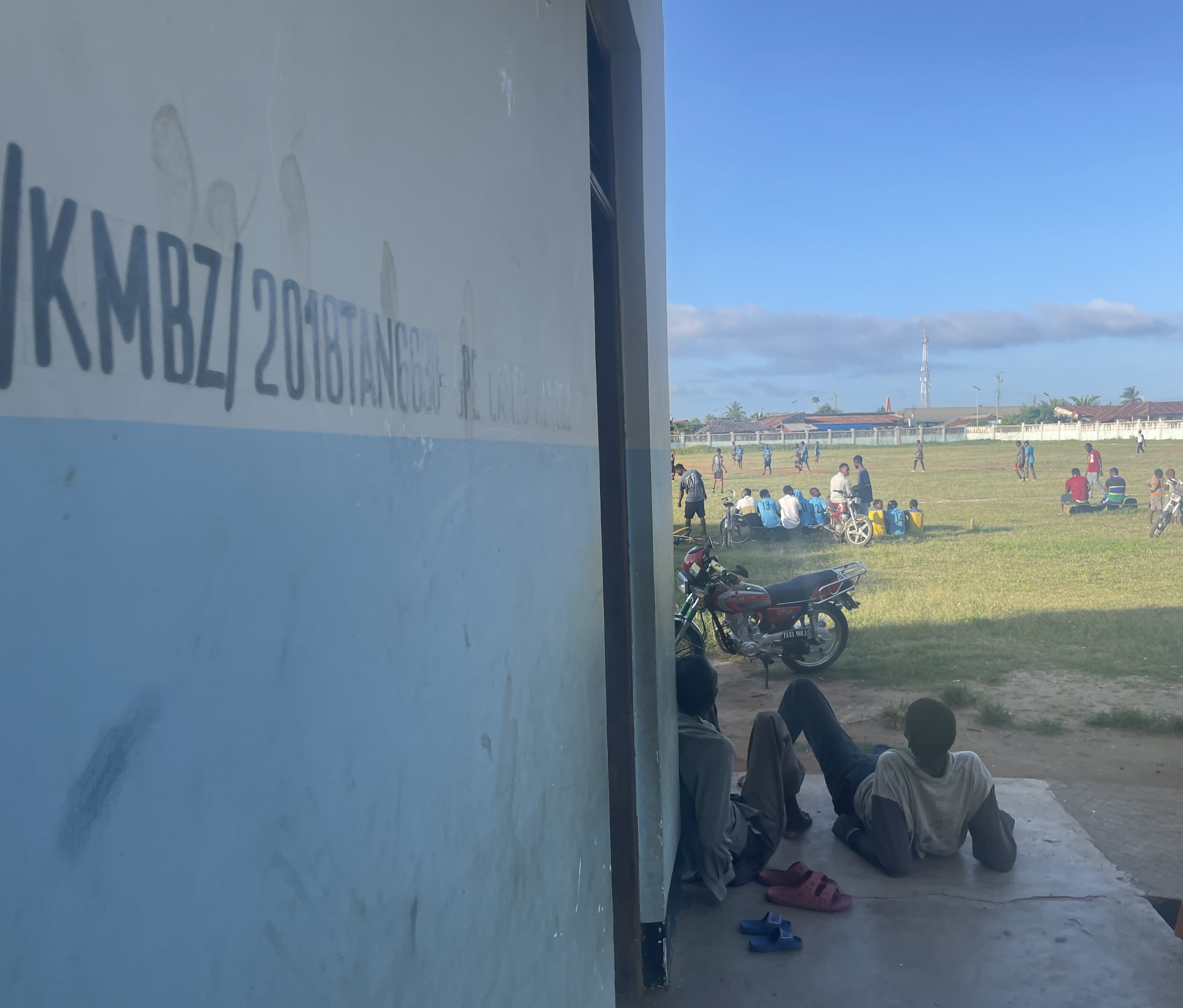
The foundation says it’s a somewhat different approach for philanthropy — targeting a whole city, in harmony with the city council, for a series of projects rather than focusing on one project to implement across many cities.
It’s an approach the Switzerland-based foundation calls the OurCity Initiative, which it has also implemented in four other cities: Barranquilla, Colombia; Cluj-Napoca, Romania; Koforidua, Ghana; and Manta, Ecuador.
“Tanga is, in a way, our sandbox for all the other cities — because here we developed and tested the model,” said Zur Oren, partnerships coordinator for OurCity Initiative.
The model is to come into a city, examine the needs and desires of the youth, and then work hand-in-hand with local stakeholders including the municipality, youth groups, and the private sector to bring these projects to life — aiming to create an ecosystem for youth to thrive.
While innovations for the projects might come from outside, they must be locally grounded — developed with local resources with the aim that the city council will eventually take over.
In this, their goal isn’t to just help individuals but also to take a systematic approach to improving the city to make it more liveable and equitable. In doing this, they are working to help the youth change their mindsets: imagine a life for themselves that maybe they hadn’t before.
“A city where young people can live a decent life,” said Susanna Hausmann-Muela, cities portfolio lead at Fondation Botnar.
It’s a way to combat the ills accompanying high rates of urbanization — as staying in rural areas becomes a less appealing proposition for many of the world’s youth, and climate change makes agriculture and pastoralism a more difficult profession.
But cities are often ill-equipped to deliver on the promise of providing better lives for young people. Instead, many move to cities only to face poverty and inadequate infrastructure.
Without opportunities, youth can be lured into other temptations. As a port region, Tanga ranks first in Tanzania for drug entry and second in drug consumption after the country’s economic capital Dar es Salaam.
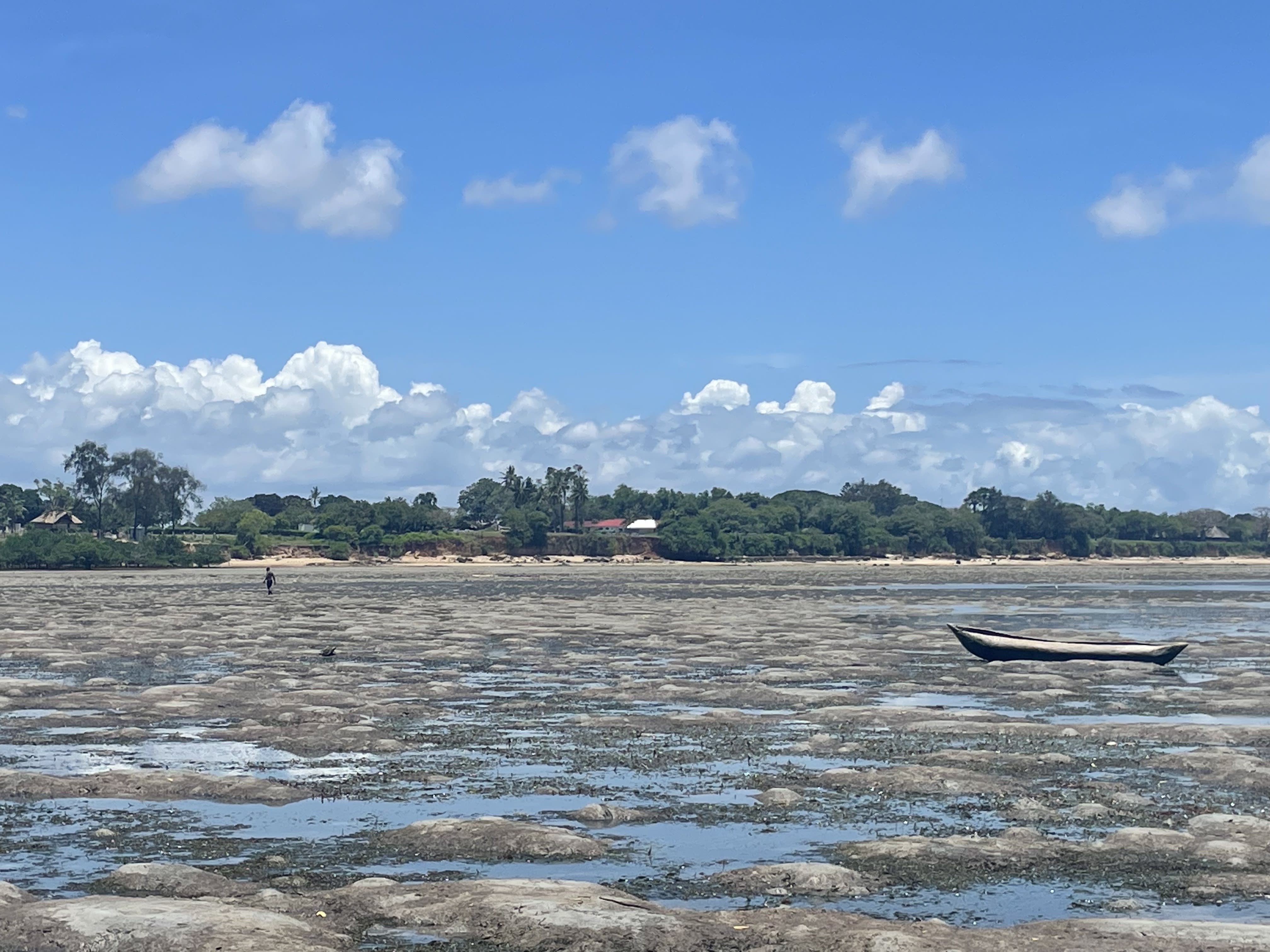
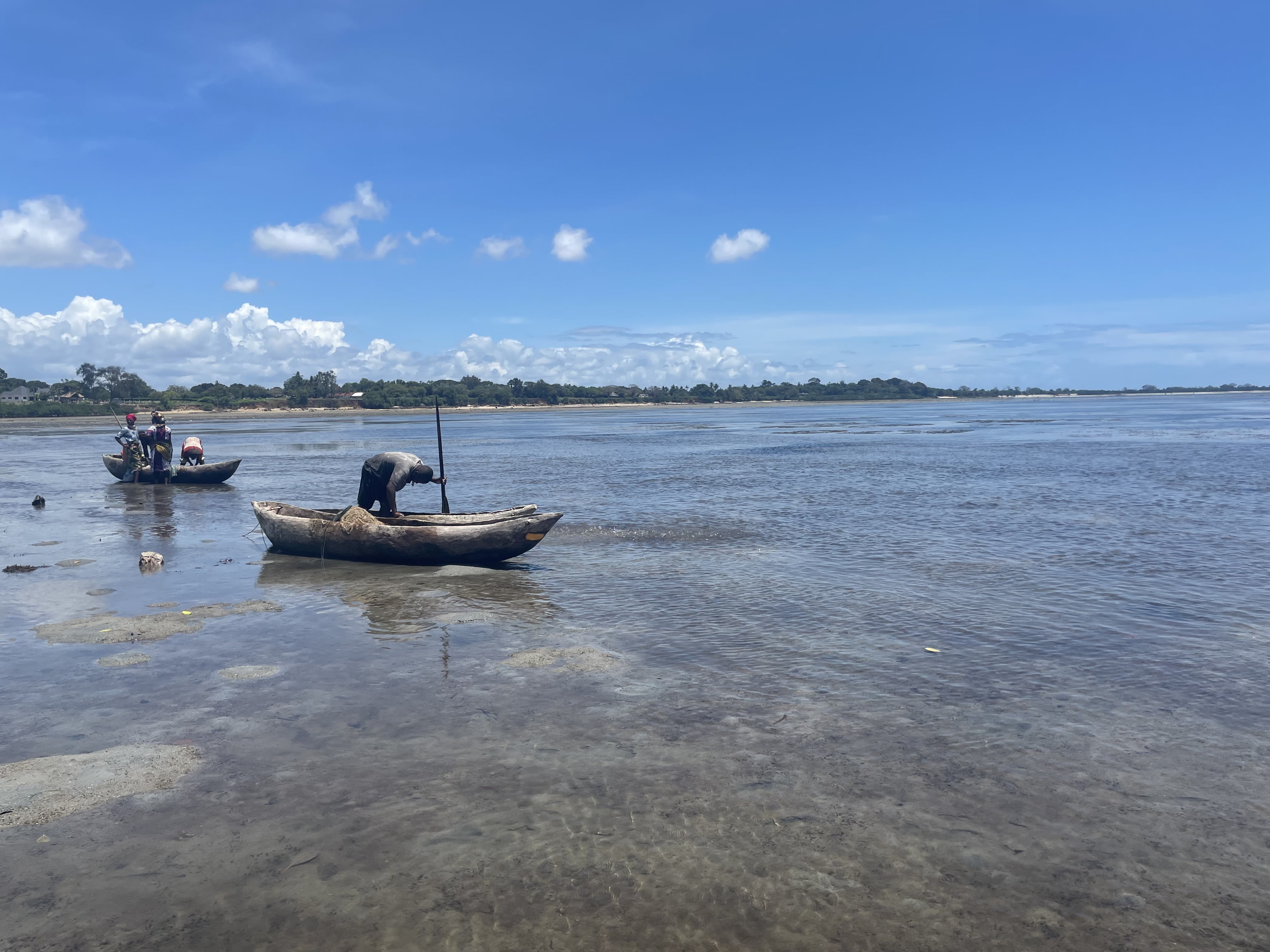
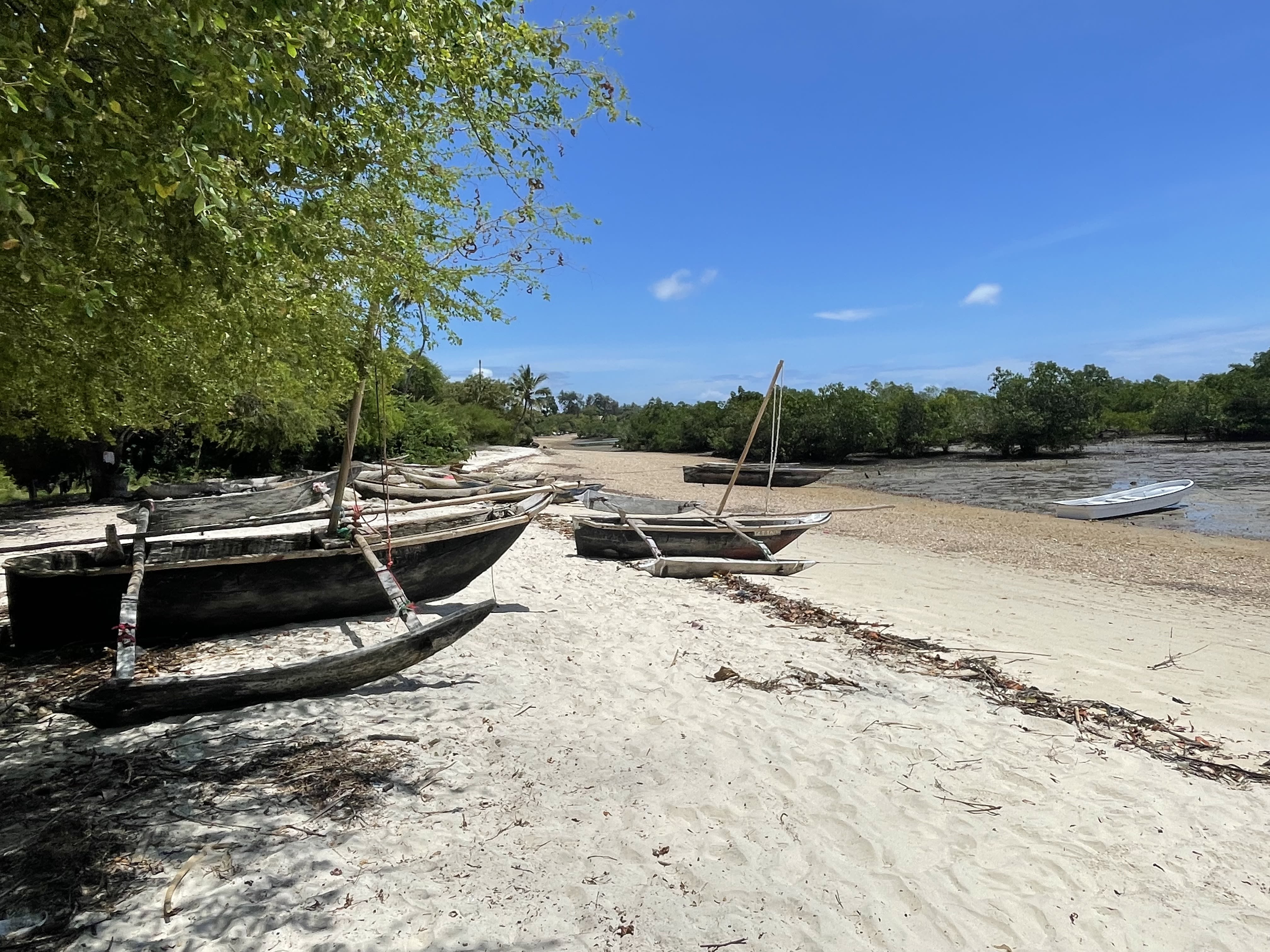
Locally anchored projects
Walking into Tanga’s STEM park, an optical illusion adorns one wall with a photo that oscillates between Albert Einstein and Marilyn Monroe, and a mural of the solar system is painted on another.
In one room, kids sit at mini-sized lab tables in miniature lab coats. In another, they gather around a screen to build mobile phone applications. Outside, some youths play with drones. In the playground, kids on the trampoline learn they have potential energy when they stand, and kinetic energy when they move.
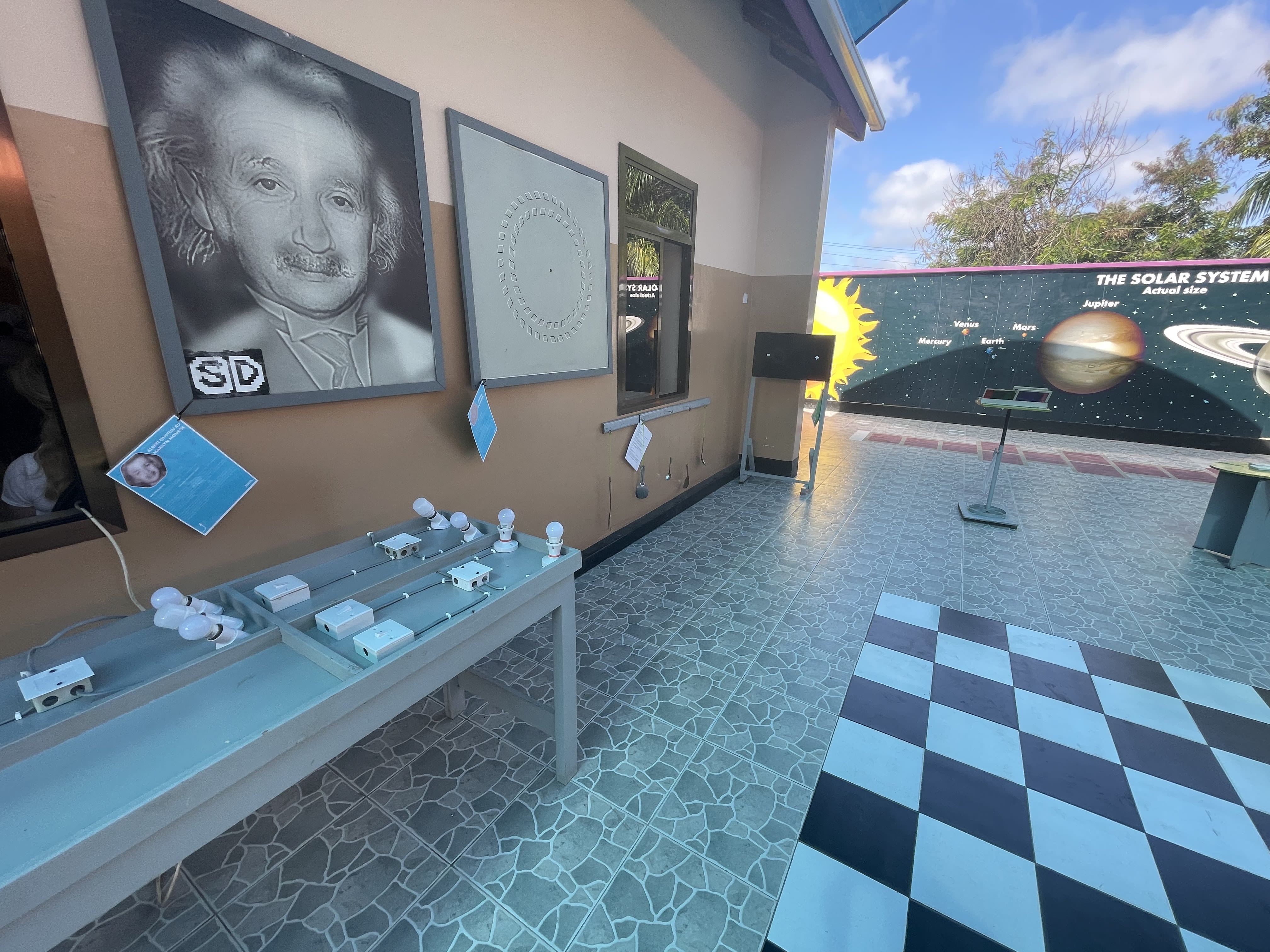
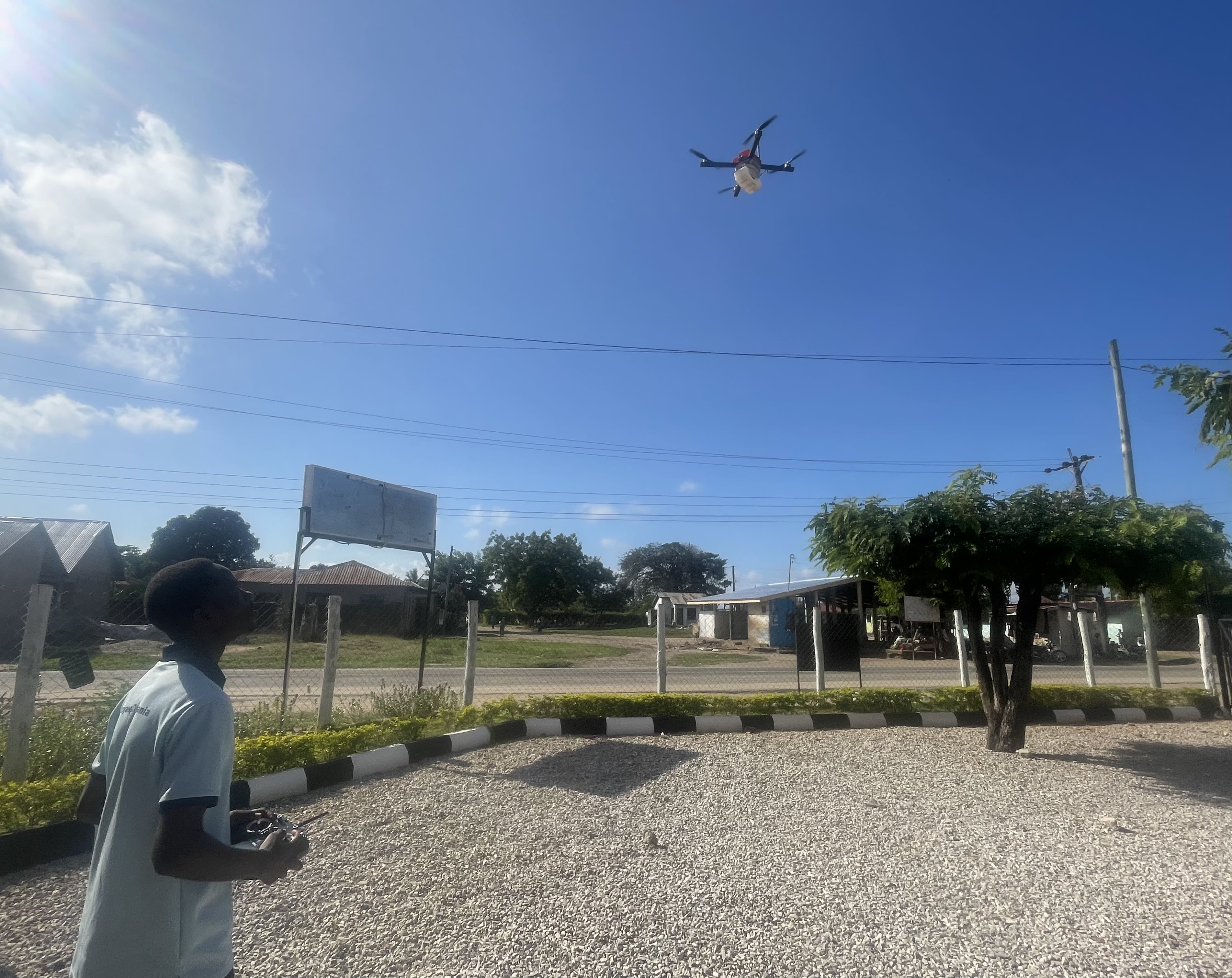
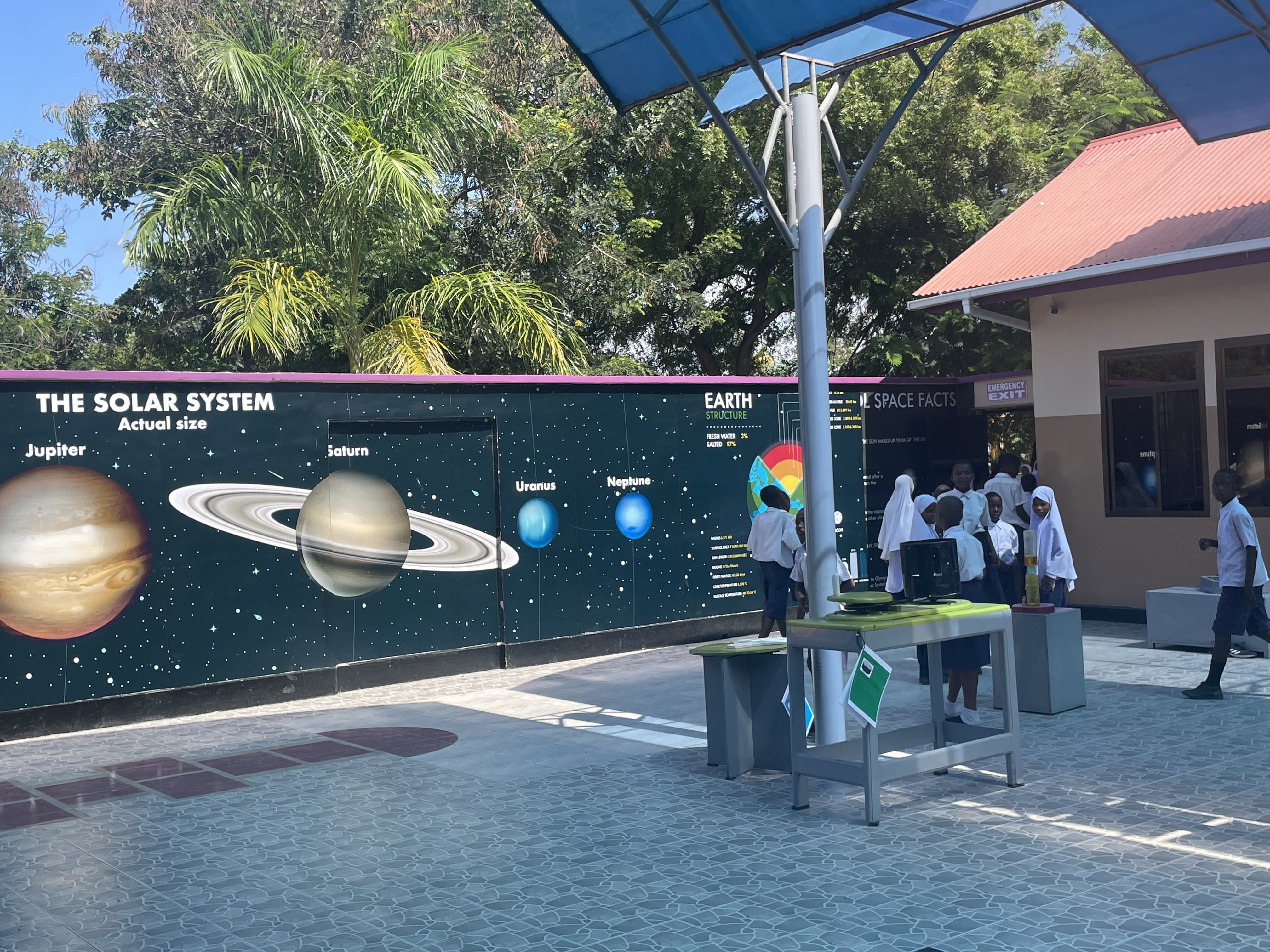
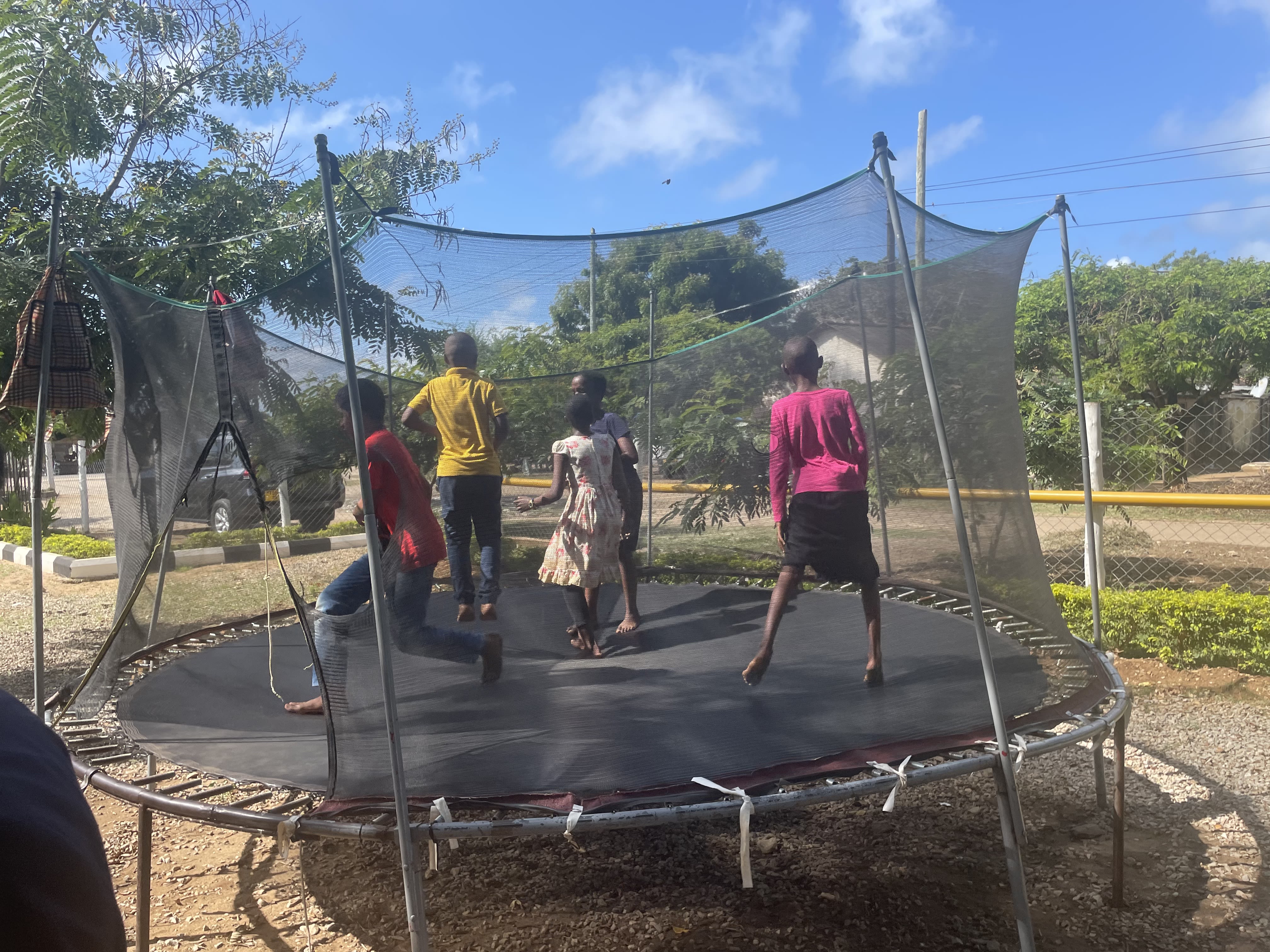
Close by, two aligned satellite dishes are stuck in the ground where one kid can whisper from 20 meters away and the other can hear them from the other end — an interactive way to teach how sound travels.

A melody is heard from another part of the playground, where kids hit flip-flops on top of metal tubes of different lengths to learn about different pitches of sounds.
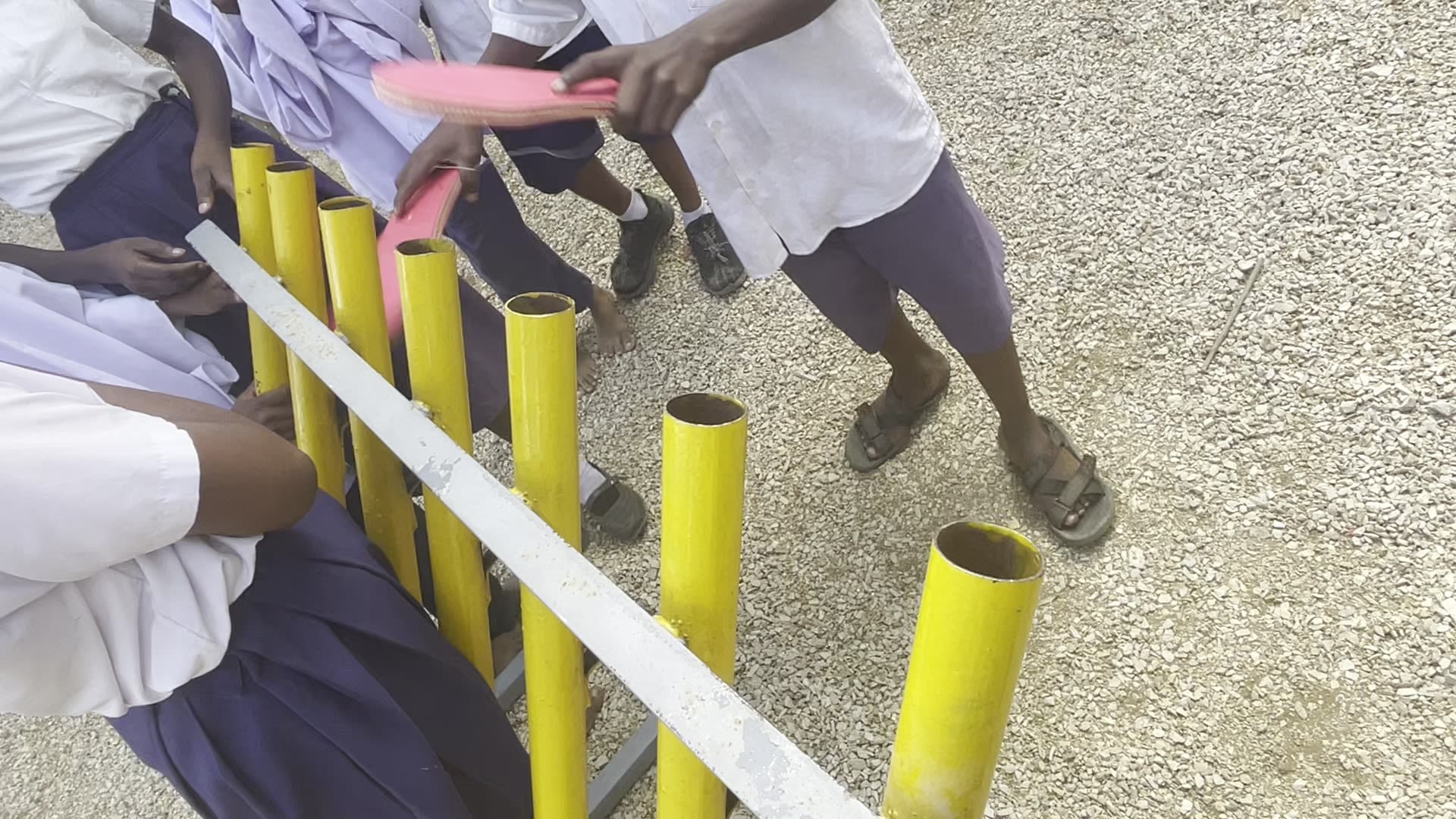
The STEM park, which targets children 6 years old and above, was inspired by the Swiss Science Center Technorama.
But the foundation didn’t want to simply import science-based exhibitions where kids can experiment with different concepts from Switzerland because if they break, the parts won’t be available.
Instead, Technorama consultants trained Gibson Kawago, who was the manager at the park at the time, who then went to local markets to recreate the exhibitions with local materials and local artisans.
Teachers bring their students for field trips and kids come after school to learn while playing.

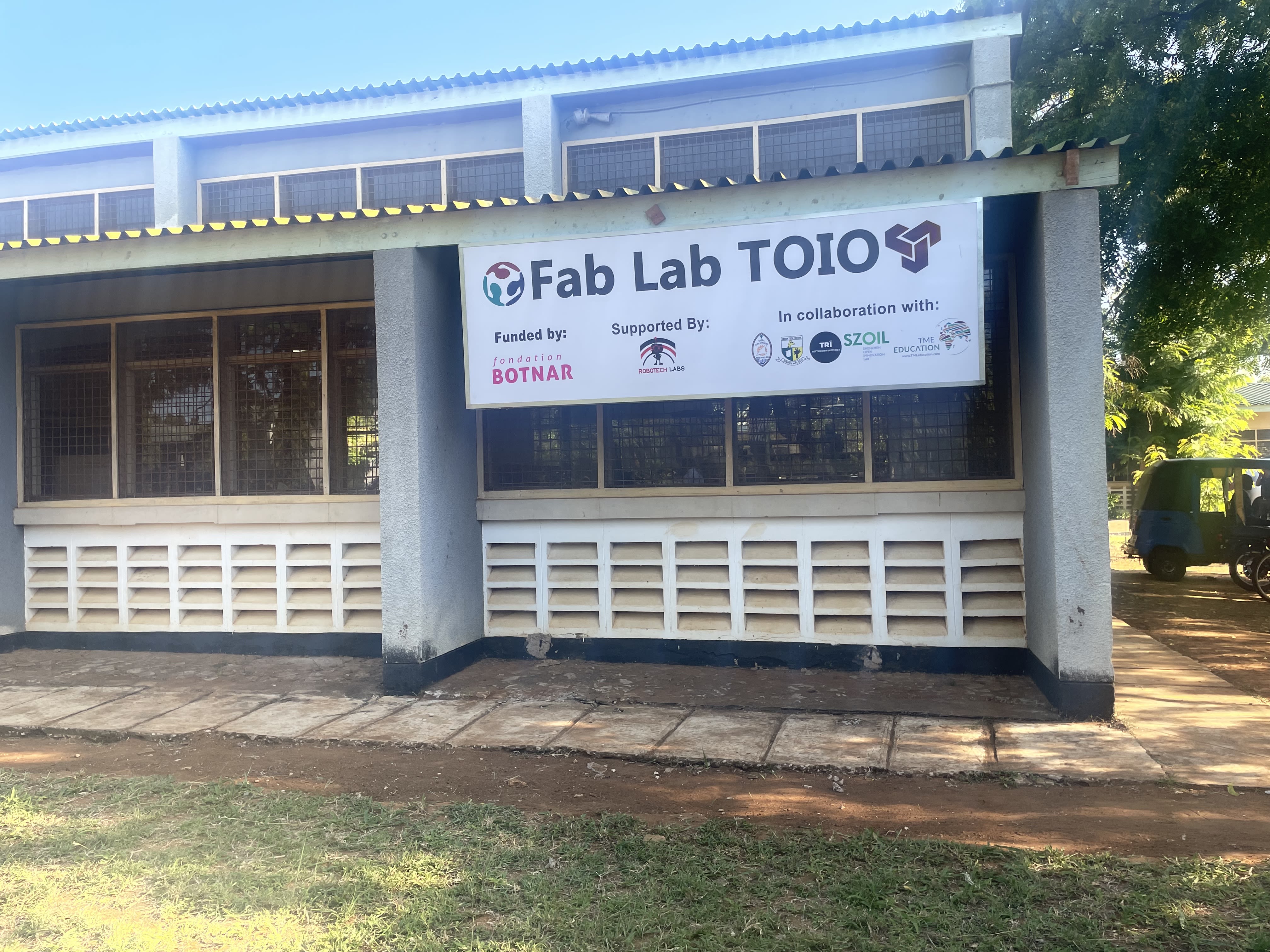
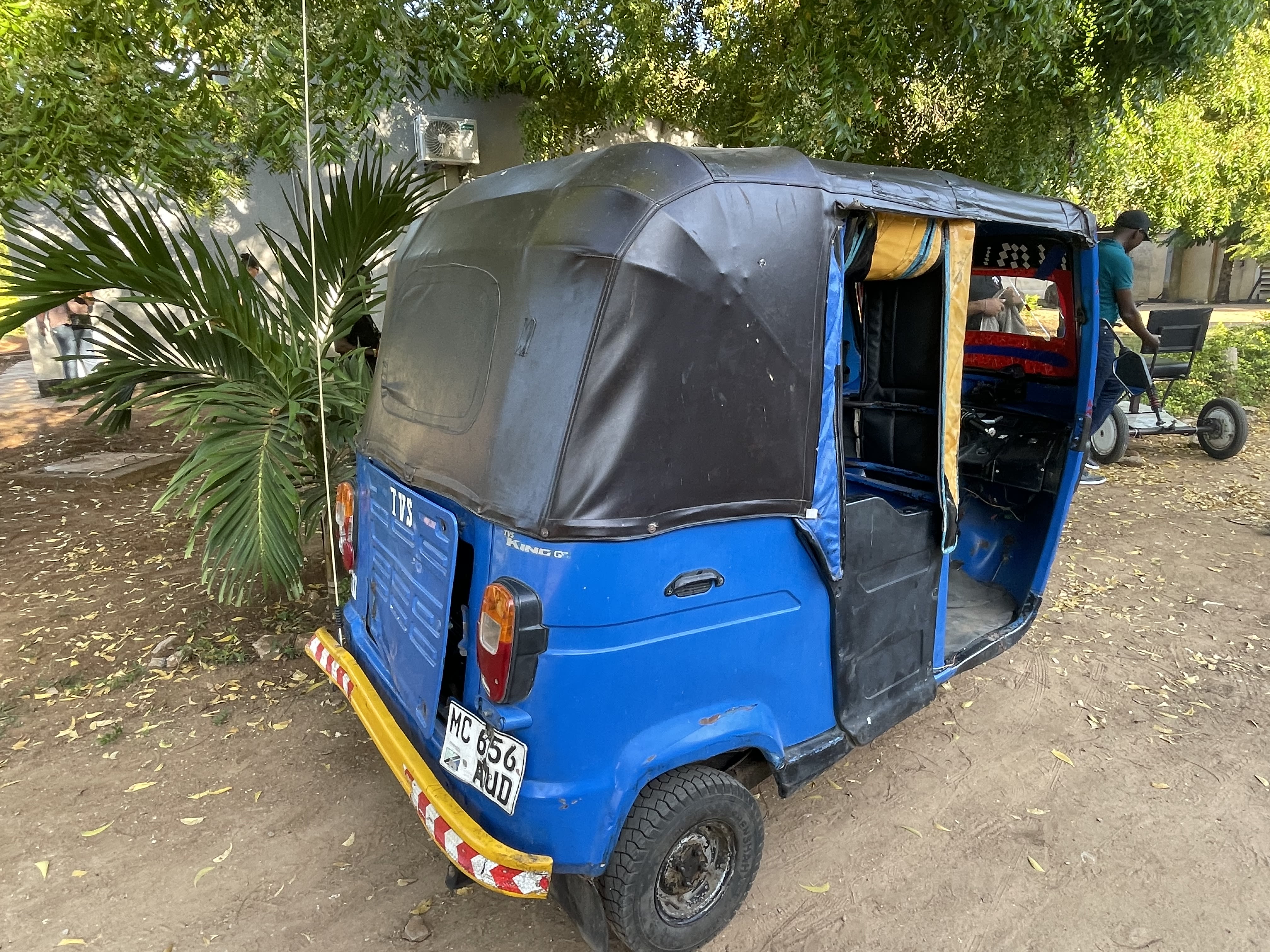
At another site in town, the Fab Lab TOIO, youth swap out fuel engines for electric engines on motorbikes and three-wheeled rickshaws — known as bajajis in Tanzania.

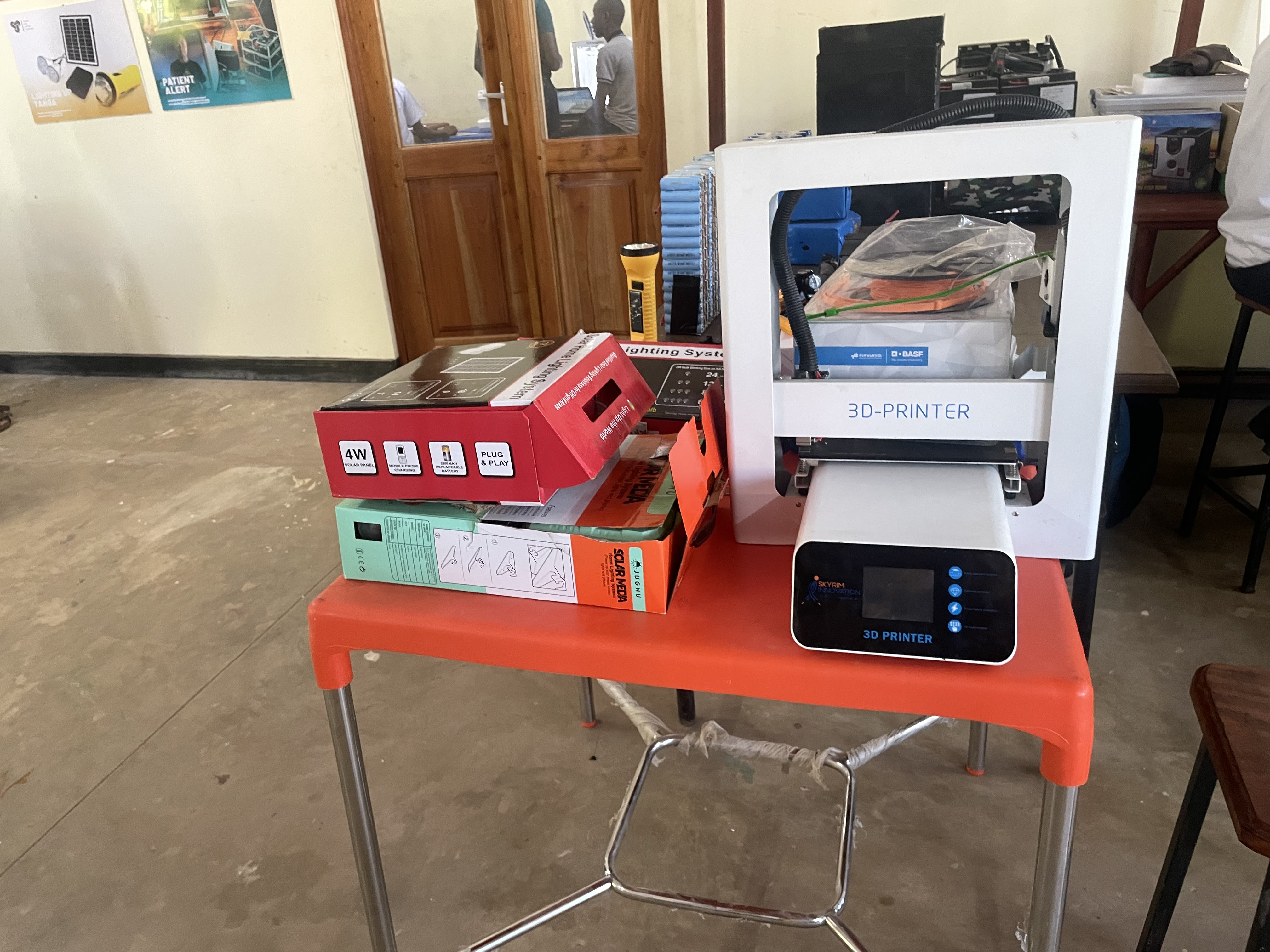

Inside, students and community members work with 3D printers and lasers, make menstrual pad dispenser machines, build a patient-doctor appointment booking app, and a robot that can detect when a driver shows signs of falling asleep behind the wheel.
In another project, young people are trained in data collection and analysis to map out the city. The project, called Tanga City Observatory, is important to strengthen the capacity of the city council to use data for decision-making including land development, tax collection, safety of citizens, municipal services, and responding to emergencies.
And while a lot of these efforts in Tanga are tech-focused, some address more fundamental needs.
A clothing printing machine at the Fab Lab TOIO.
A clothing printing machine at the Fab Lab TOIO.
OurCity Initiative's Oren said the foundation initially wanted to build tech hubs — places where youth could have access to the internet and learn digital skills.
Many tech hubs around the world use membership fees as their business model. But they quickly gave up on this idea because there wasn’t a sustainable model around who would lead these hubs, maintain the equipment, and how equitable access to the hubs would be ensured.
“We did not want to fund a project that would not be accessible to all young people and might be dependent on our funding for future sustainability,” he said.
And they wanted to ensure that while they were developing projects using AI and advanced technologies, they were also working to meet more fundamental needs that exist in Tanga. For example, there were still kids in Tanga sitting on classroom floors that flooded when the rains came.
“We had to have a reality check,” Oren said. “We had to really rethink, and forget about all the cool things that we see in Western Europe and really come here to the ground and meet with people and try to understand what they care about, and what we can do with the available resources.”


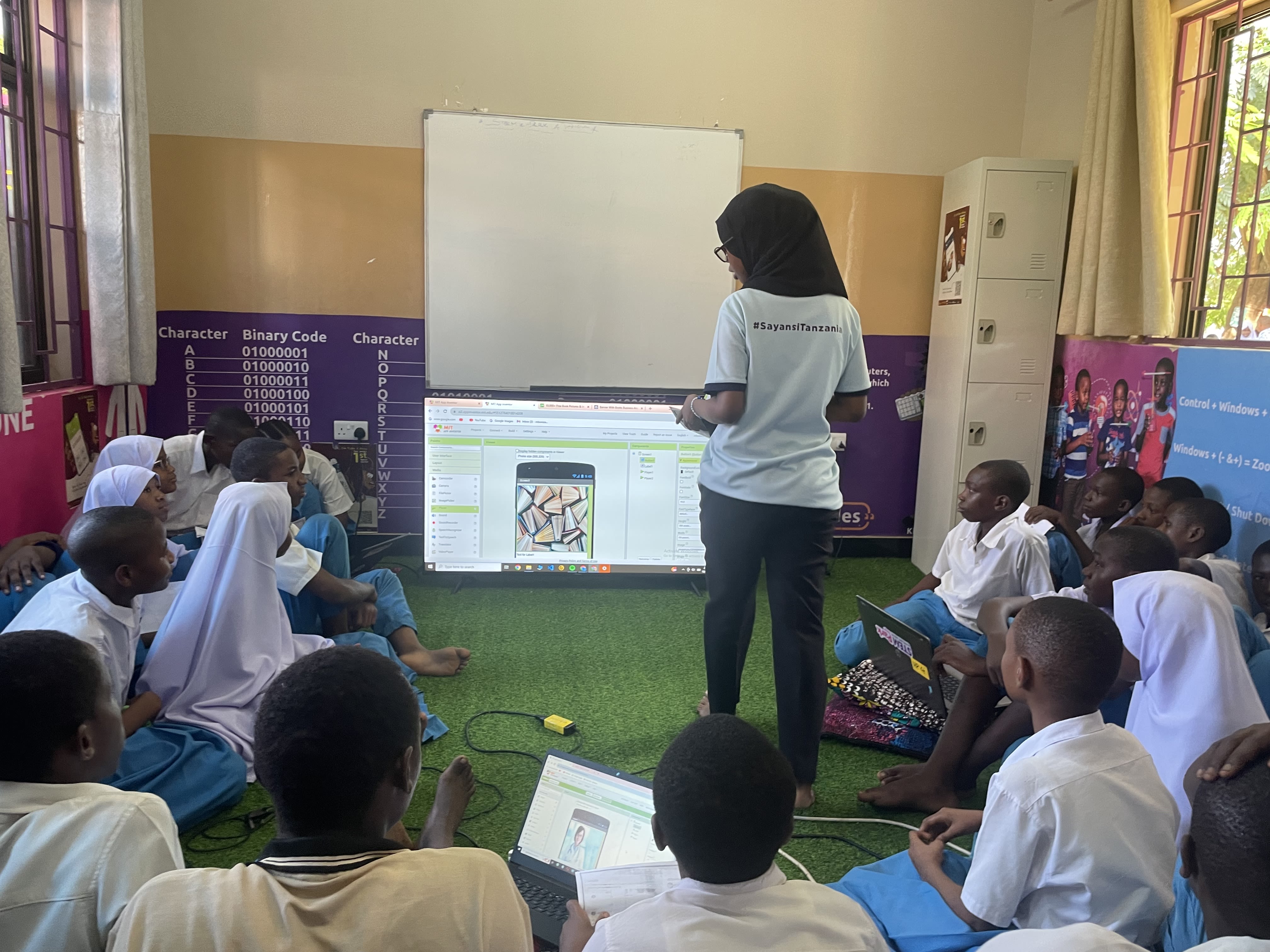
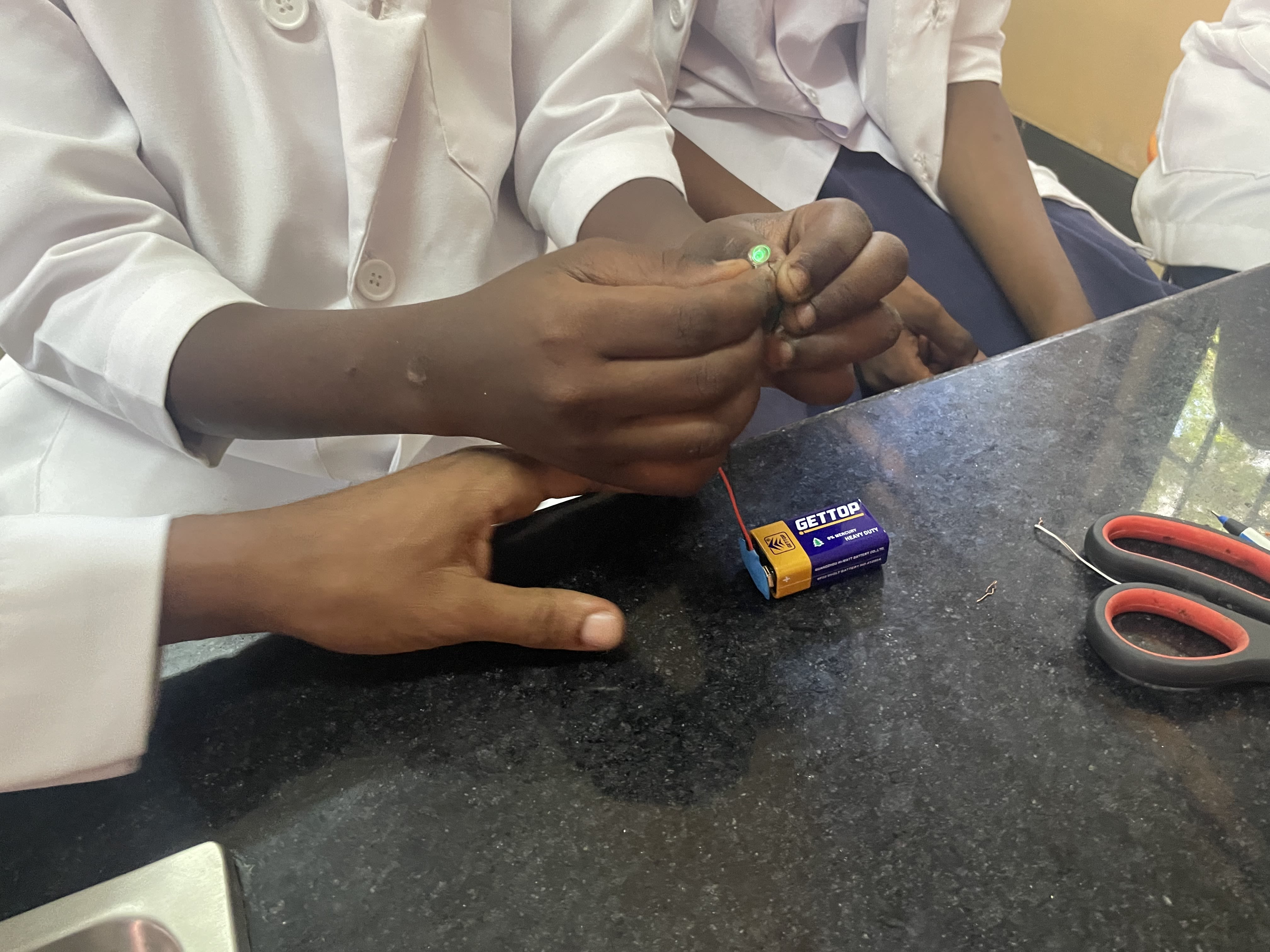
“Creating fake bubbles” is a short-term plan and isn’t sustainable, he added. Because of this, one of the projects included working with local carpenters to build chairs for schools.
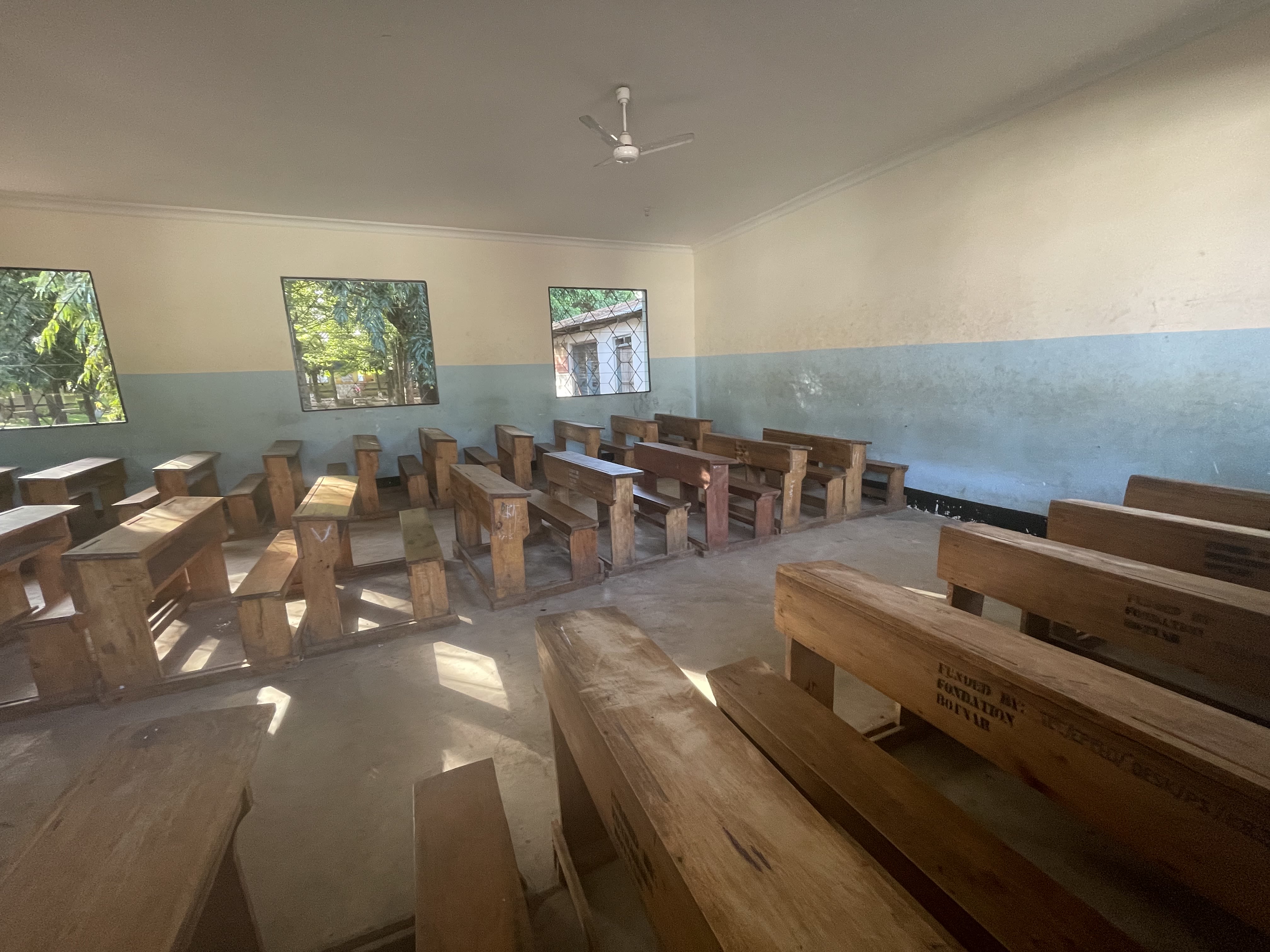
Road safety was also deemed a priority so they put stop signs, sidewalks, and gates around eight schools, and there is now a municipal road safety strategy.
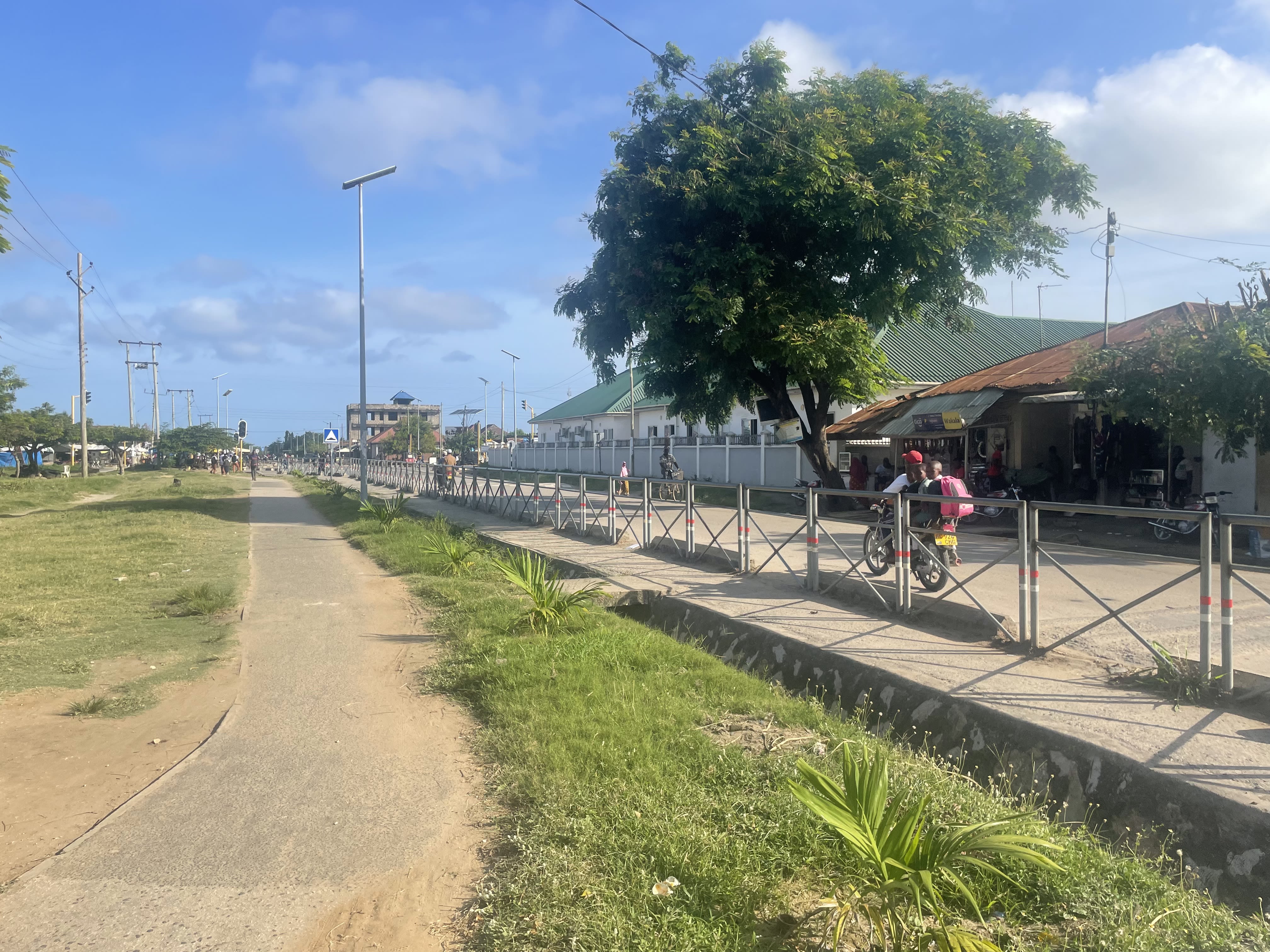
This also created a kids’ court: When officers pull over a speed limit offender, instead of getting arrested, the driver is brought into the school to be questioned by kids posing as lawyers, judges, and journalists.
The child judge asks the driver: “Do you know that if you drive too fast you might kill me or one of my friends?”
Some of the projects also focus on trade skills like such as teaching good practices for agriculture, poultry farming, and fishing.
While many youths in Tanga have an interest in agriculture and fishing, they need land, technologies, capital, and access to markets.
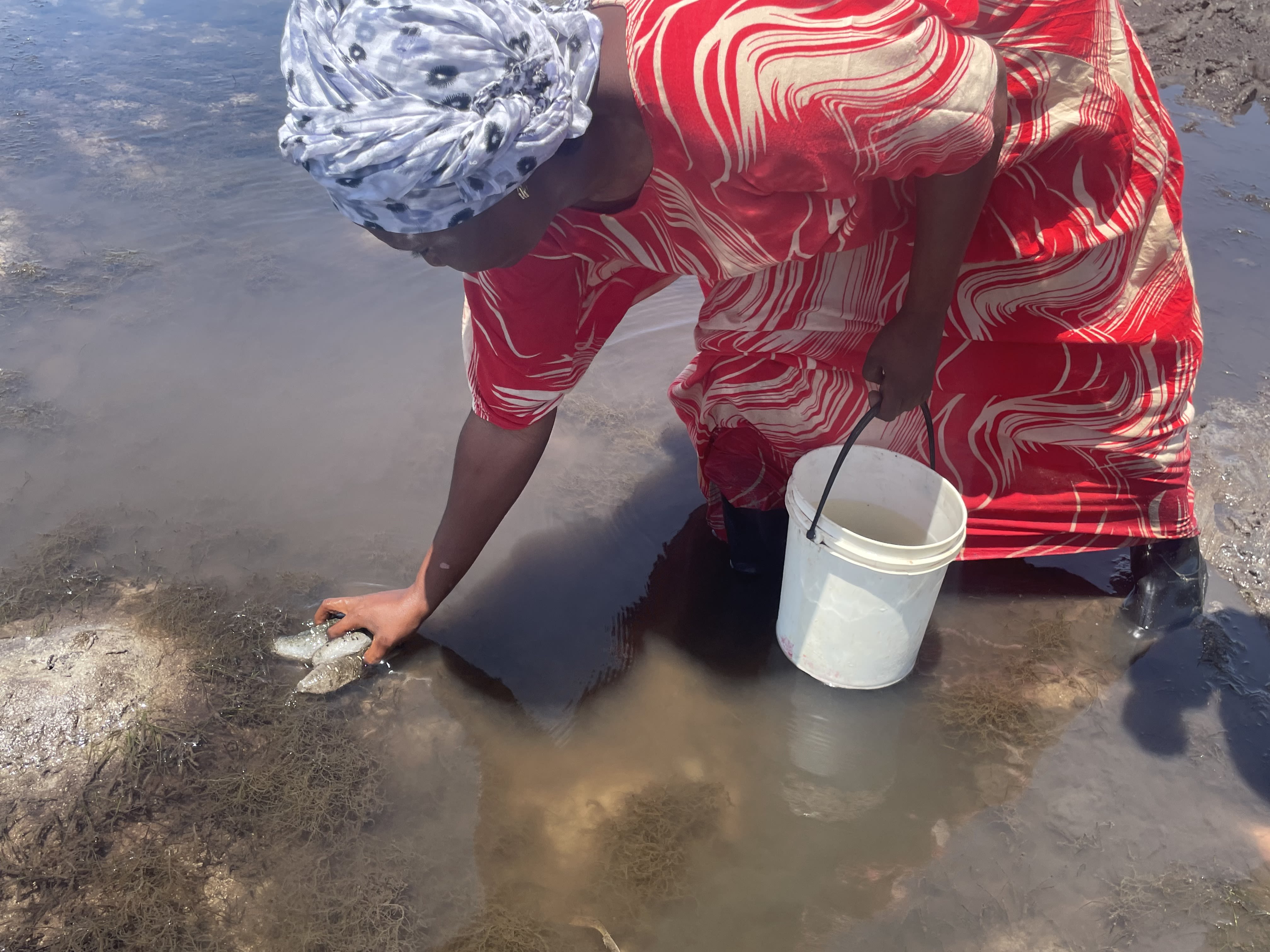
Part of the Tanga Yetu project includes teaching youth how to reap economic benefits from the sea, including harvesting sea cucumbers.
Part of the Tanga Yetu project includes teaching youth how to reap economic benefits from the sea, including harvesting sea cucumbers.
Tanga Yetu works with more than 100 youths on overcoming these challenges.
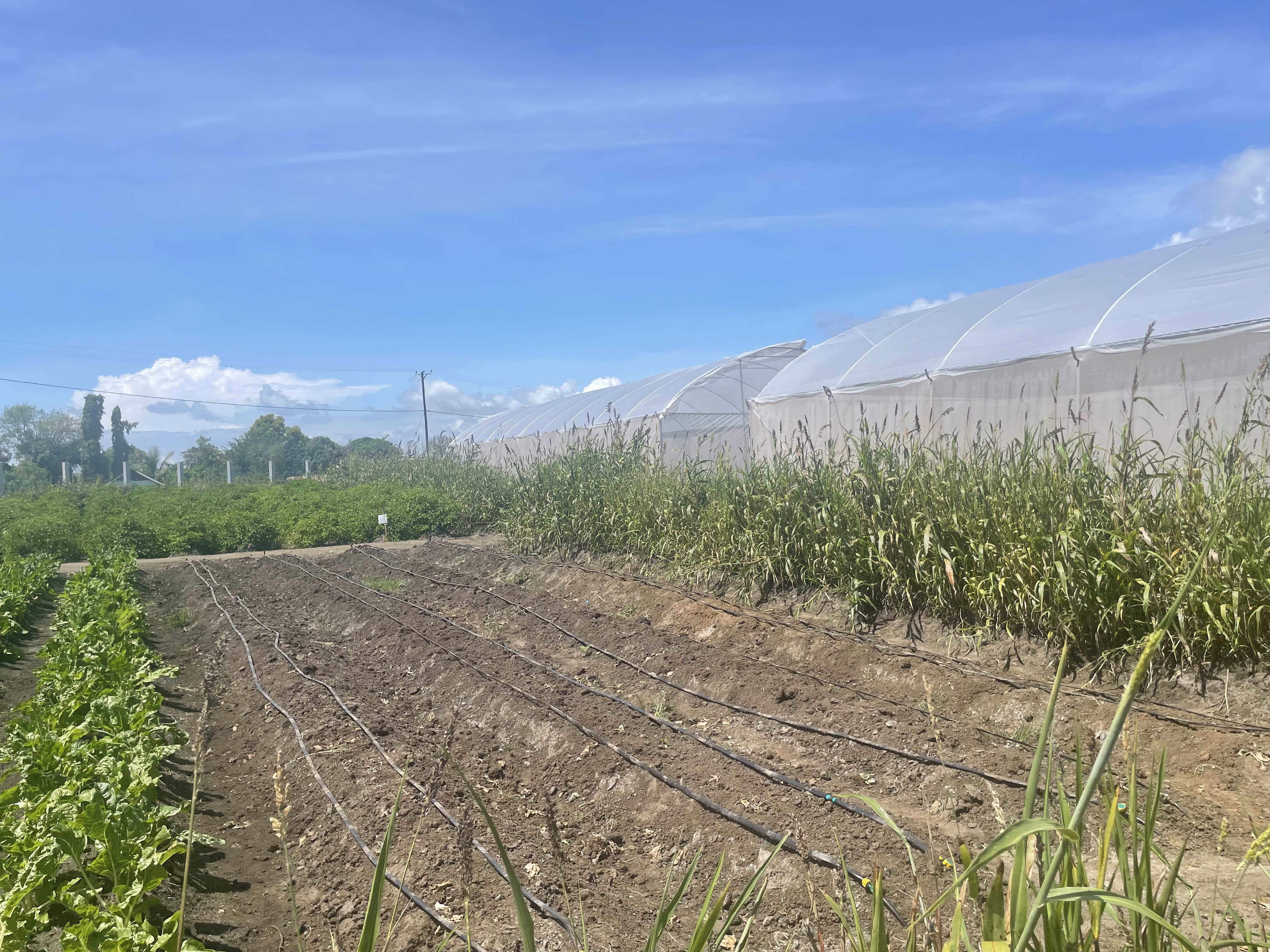
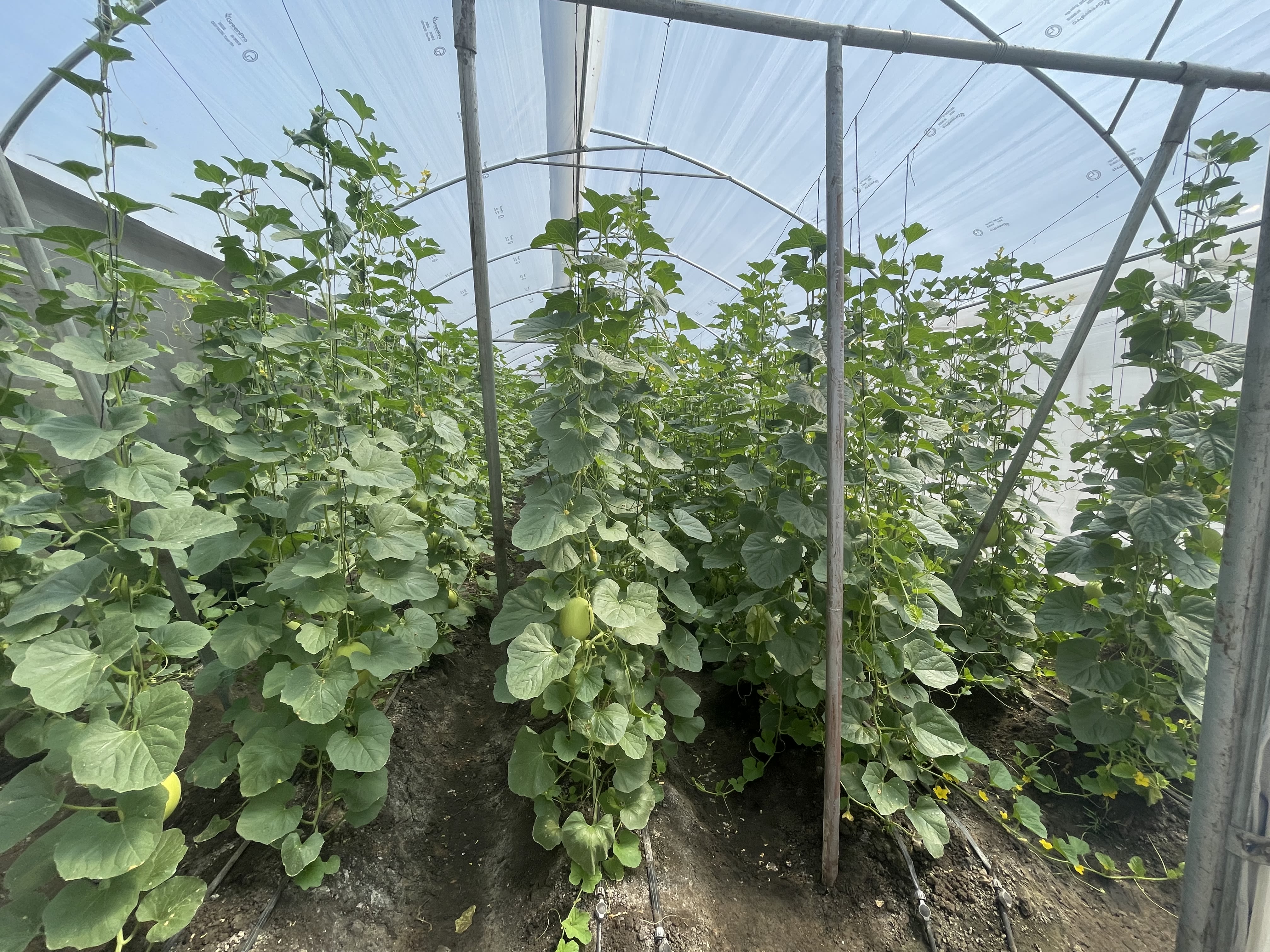
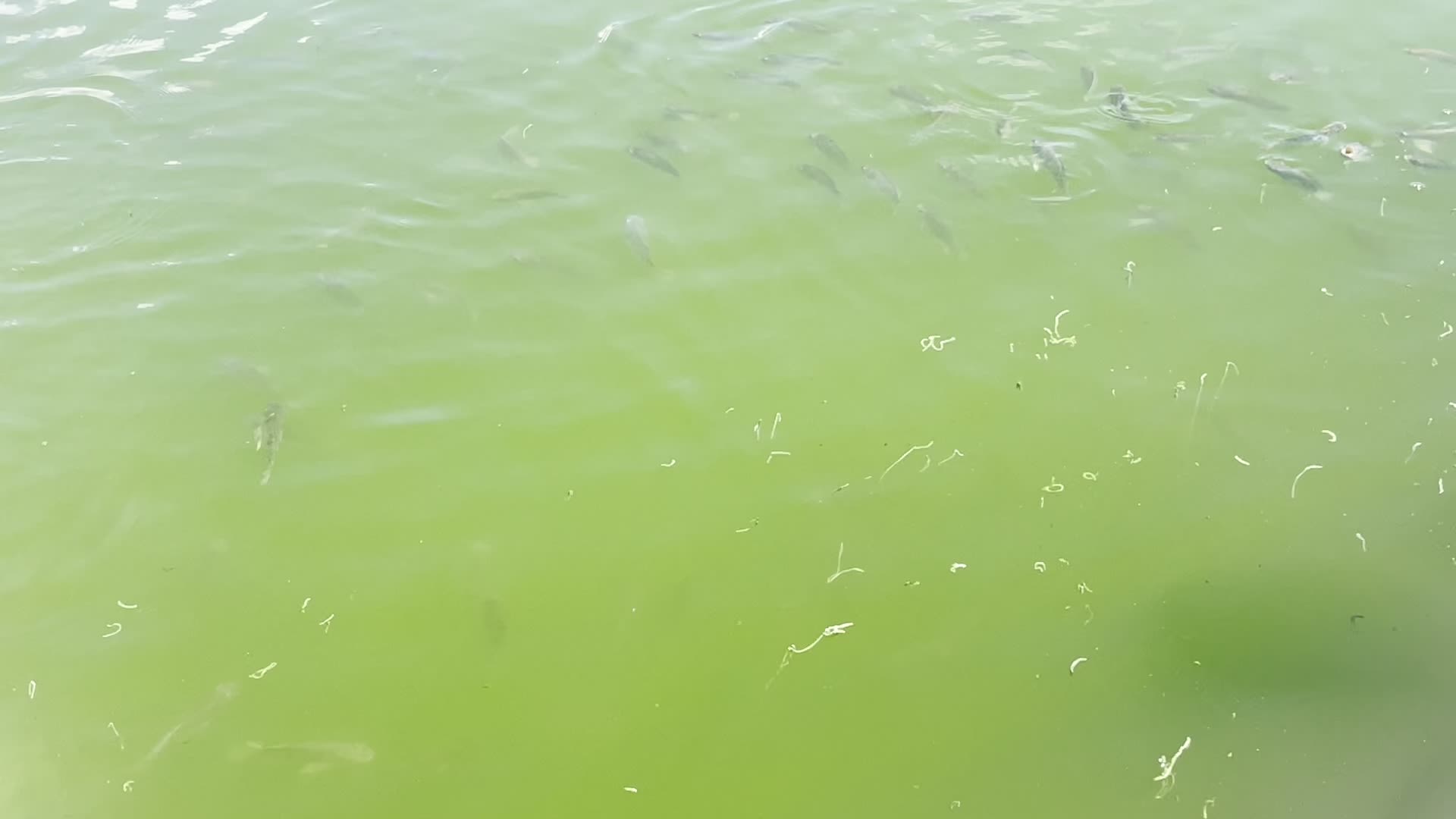

Hassan Mshinda, Fondation Botnar’s representative in Tanzania, said they expect the majority of young people who have been supported in agribusiness, poultry, and fisheries will be self-employed and start their own farms.
They are also working with revolving funds to allow them to purchase land and technologies and link them with financial institutions.
Youths also helped redesign one of the city parks to include places for young people to have small businesses, including food stalls.
“This is a great example of how we really included youth voices in urban design,” Oren said.

Youth helped in the redesign of one of the city’s parks.
Youth helped in the redesign of one of the city’s parks.
An unconventional approach
Fondation Botnar’s Hausmann-Muela said the approach is unconventional, which sometimes causes confusion. Partners on the ground are used to receiving the parameters of a project and delivering upon it.
But the foundation’s priority is to collaboratively find and execute solutions so it’s less instructive. They entered Tanga and asked youth and others what their dream projects would be — within reason.
“That's something that I really hope philanthropy will try to ask more and more,” Oren said. “We are in a process of — other foundations and actors as well — of changing the paradigm. It's not us deciding what is right for people. It's their life, it's their cities, and it's their countries.”
This approach shares similar elements to “place-based” philanthropy, which aims to put local ownership at the heart of projects.
So far Fondation Botnar has committed 14.5 million Swiss francs to the OurCity Initiative in Tanzania, with a duration from 2019 to 2026. The initiative is planned to run for a total of 10 years.
“It's not about big money,” Oren said. “If you don't bring the right partners on board, even if you have billions, it will not happen.”
Some of the projects are expected to have business models behind them to keep them self-sustaining, whereas others, such as a program focused on preventing gender-based violence, can be integrated within the community and social welfare systems.

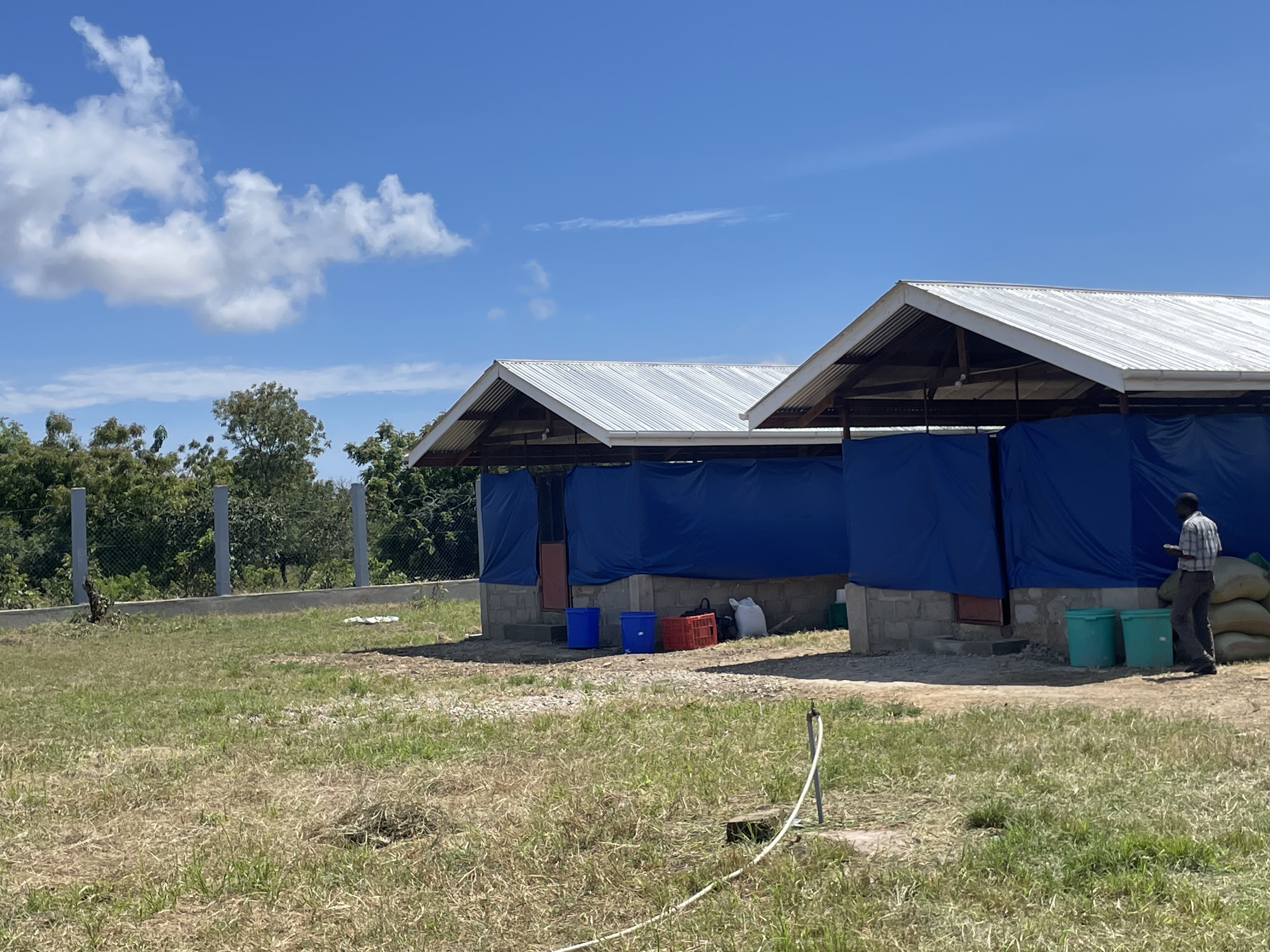
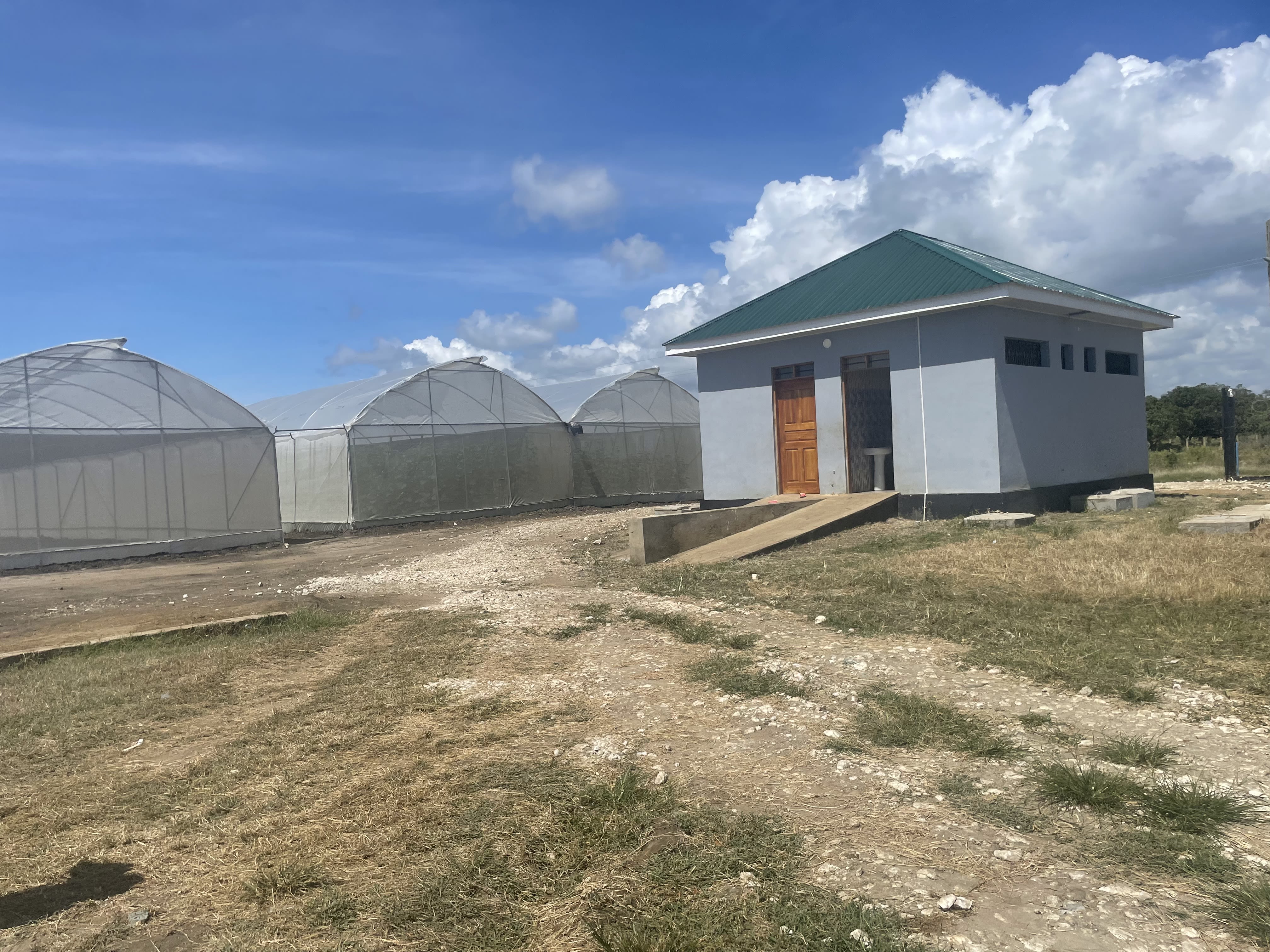
And the city must have some skin in the game. For example, Tanga’s City Council allocated the space for the STEM park, alongside a budget for security and cleaning. In a few years, the council expects to manage it financially.
And what they are also trying to accomplish here is better citywide coordination, which is often a problem for cities, Mshinda said. Donors may come into a city and invest in similar projects with little communication happening that would help to avoid overlap. They’ve created a City Council coordinating platform as part of these efforts.
But building these types of quality partnerships can be slow-moving, which is why it’s often not done, Hausmann-Muela said. In a city there are many different power dynamics, and “equal partnership is easily said, but not easily done,” she said.
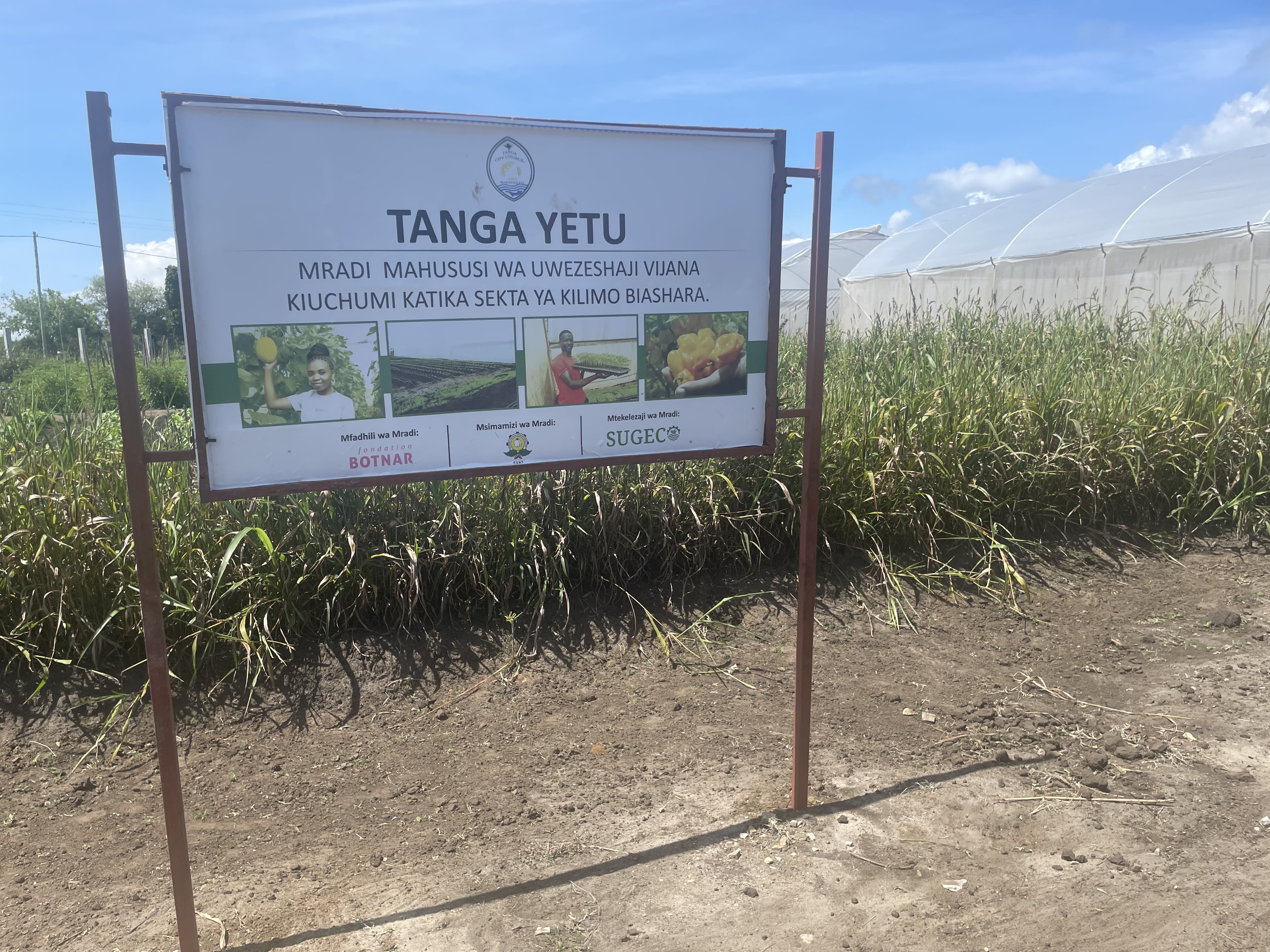
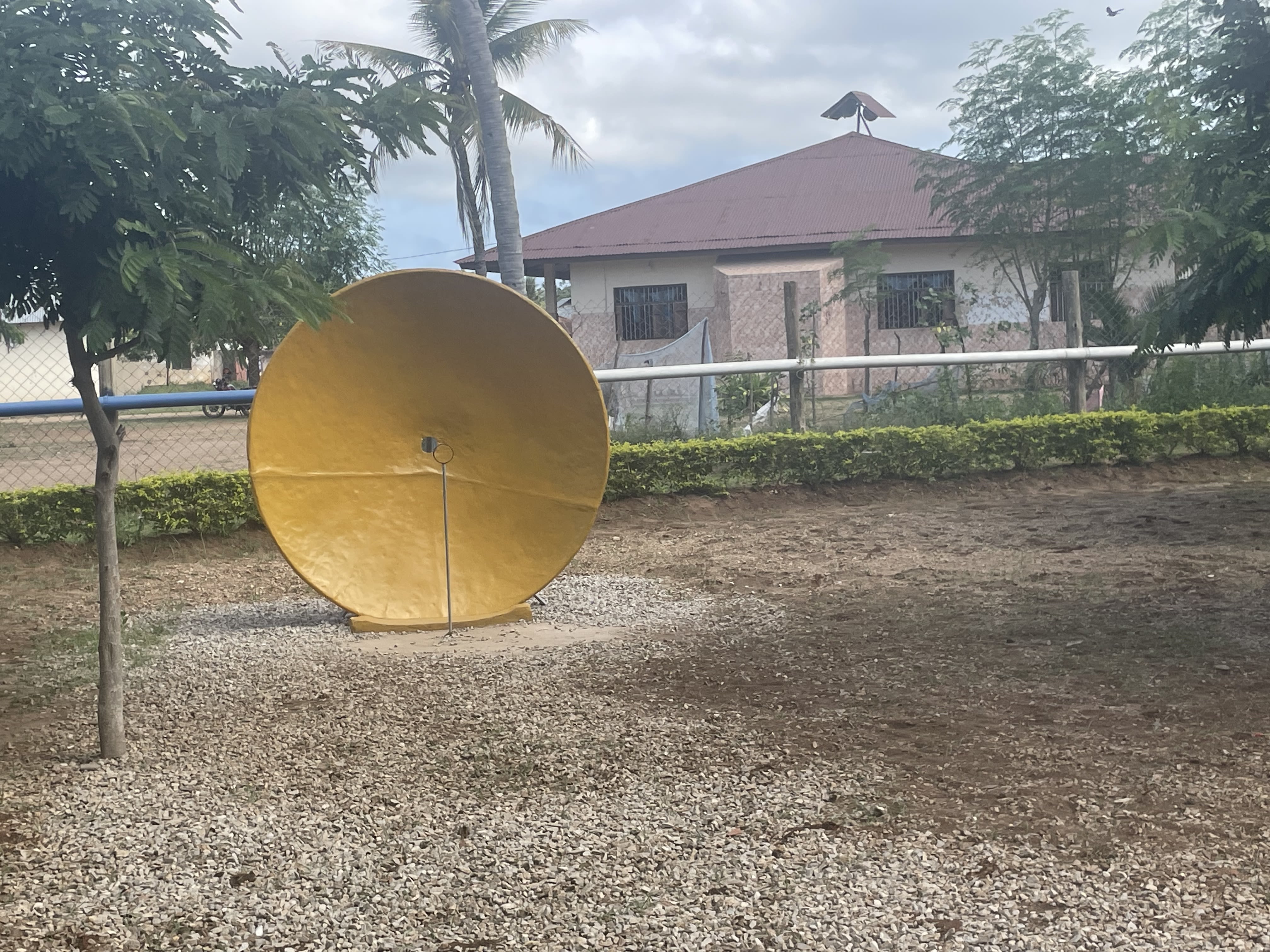
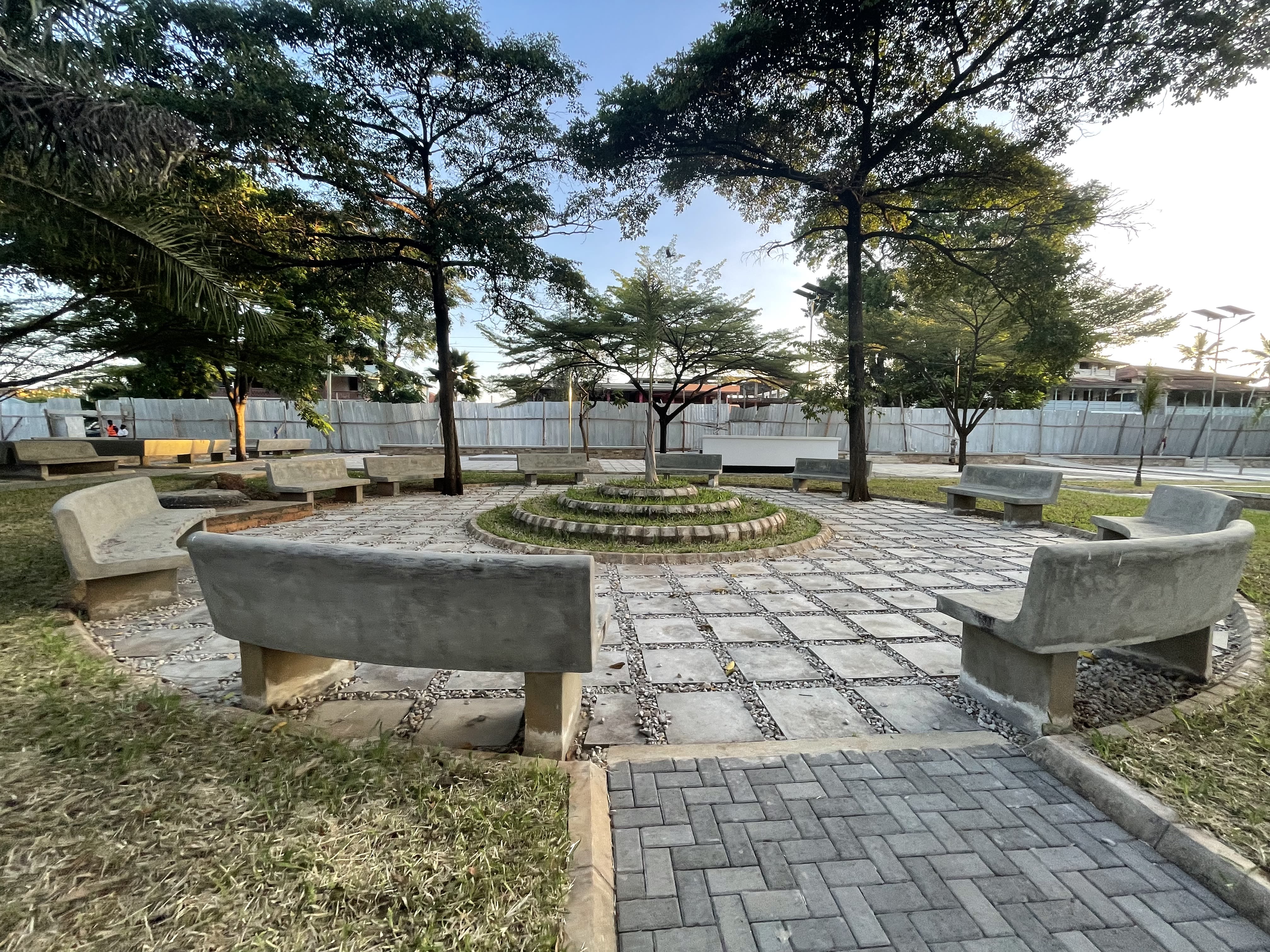
Midsized cities
The foundation says they wouldn’t take this approach in every city. They focus on intermediary cities — not bustling ones.
Big cities are often overcrowded with projects and donor funds — making it difficult to bring partners together, Hausmann-Muela said. Intermediary cities are more manageable and have room for growth.
“This is where, as a funder, you can have big impacts,” she said.
The foundation looks for open-minded governments — with a city council and mayor willing to collaborate.
“We will not enter a city without true collaboration with the public sector,” Oren said.
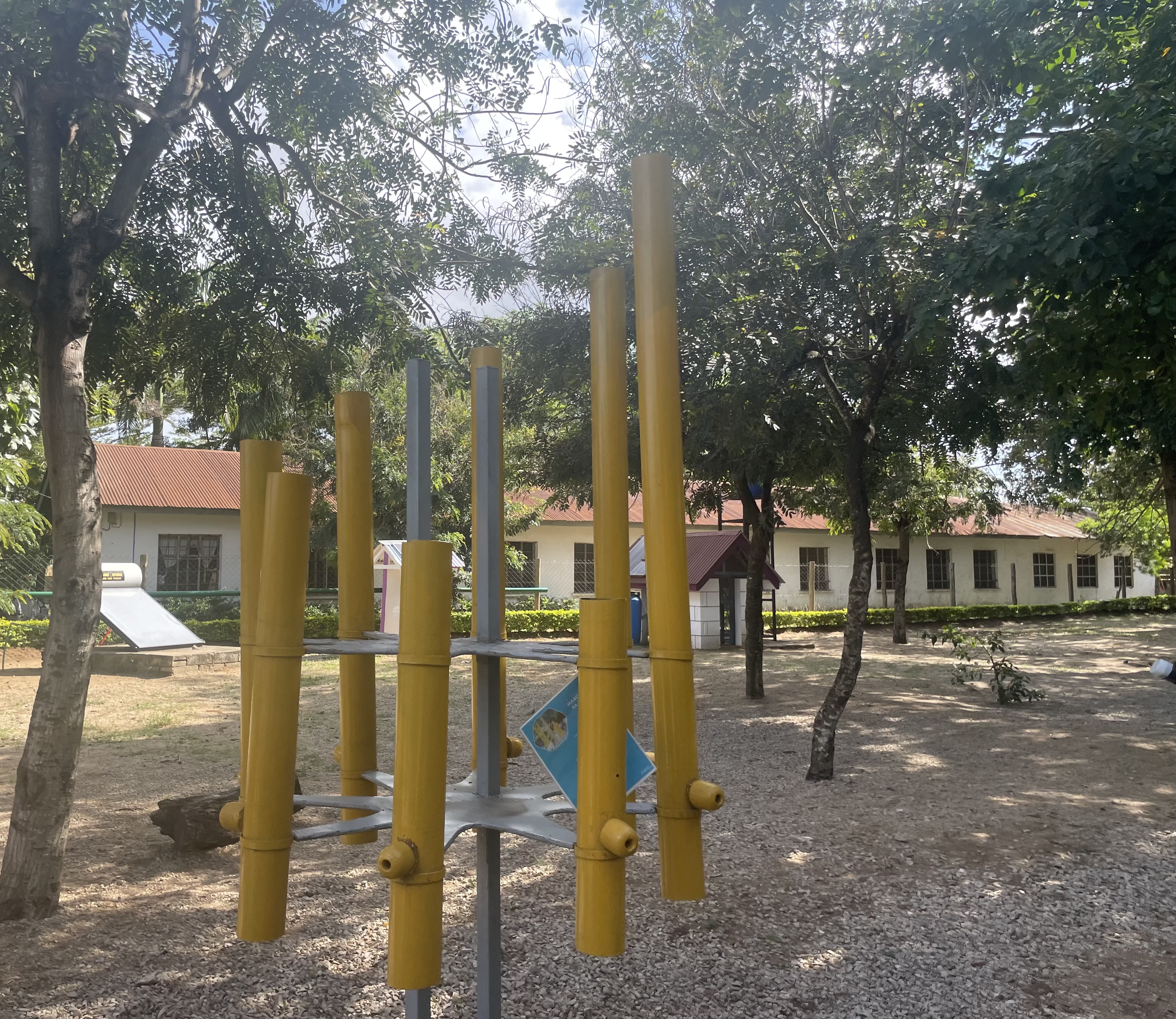
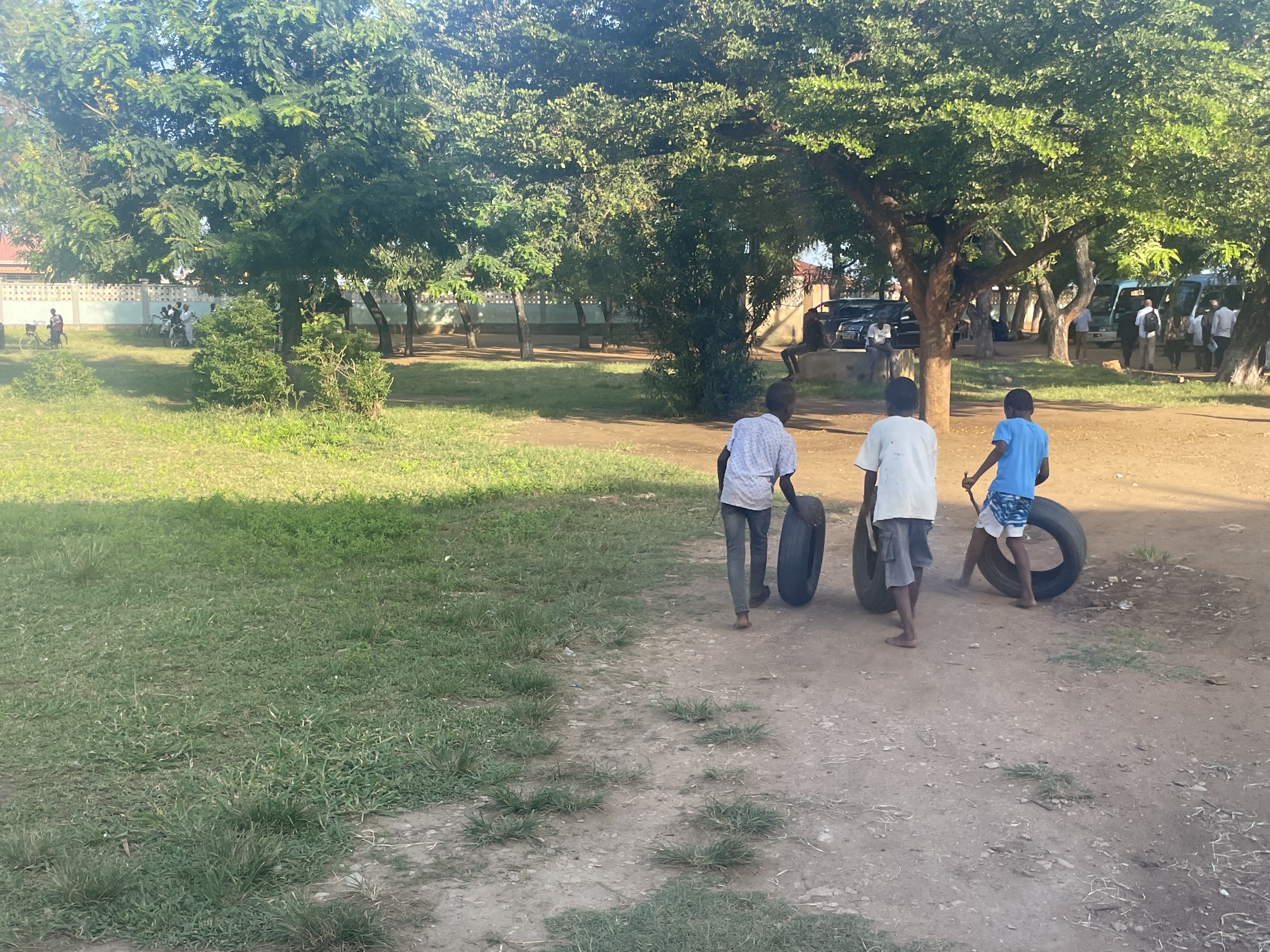
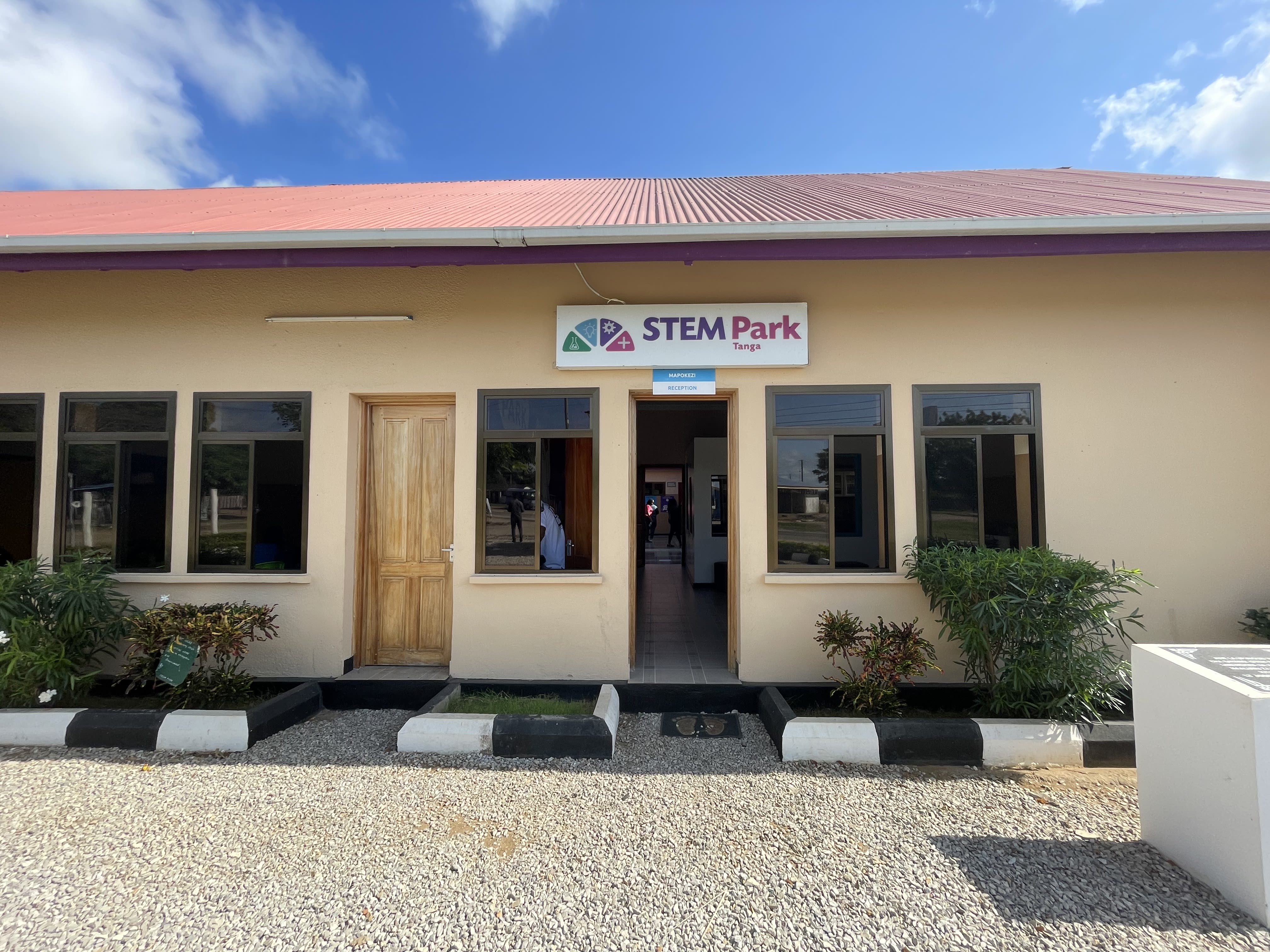
Building up local skills also draws in other donors, Oren said.
The young people who were trained to collect data and map the city through the Tanga City Observatory now work with the World Bank under the Tanzania Cities Transformation of Infrastructure and Competitiveness, or TACTICS, project.
There are also ambitions to take projects from Tanga nationally.
For example, there is a vision to have STEM parks at public libraries across Tanzania — and another STEM park has already been built in Dar es Salaam.
Collective impact
The OurCity Initiative measures project results — including quantitative and qualitative data. But these single measurements aren’t the main focus of Fondation Botnar — they are more interested in the impact of the 30 projects as a whole.
But this citywide approach isn’t easy to measure.
This can be complicated in the philanthropy environment, which often demands metrics around the impact of one specific intervention, Oren said.
“Maybe it is a bit difficult to see the impact right now — but I’m sure we have prevented unwanted pregnancies; we have been able to prevent new HIV infection, especially among young people; and we have managed to put young people back in schools,” said Ummy Ally Mwalimu, Tanzania’s minister of health, community development, gender, elderly, and children.

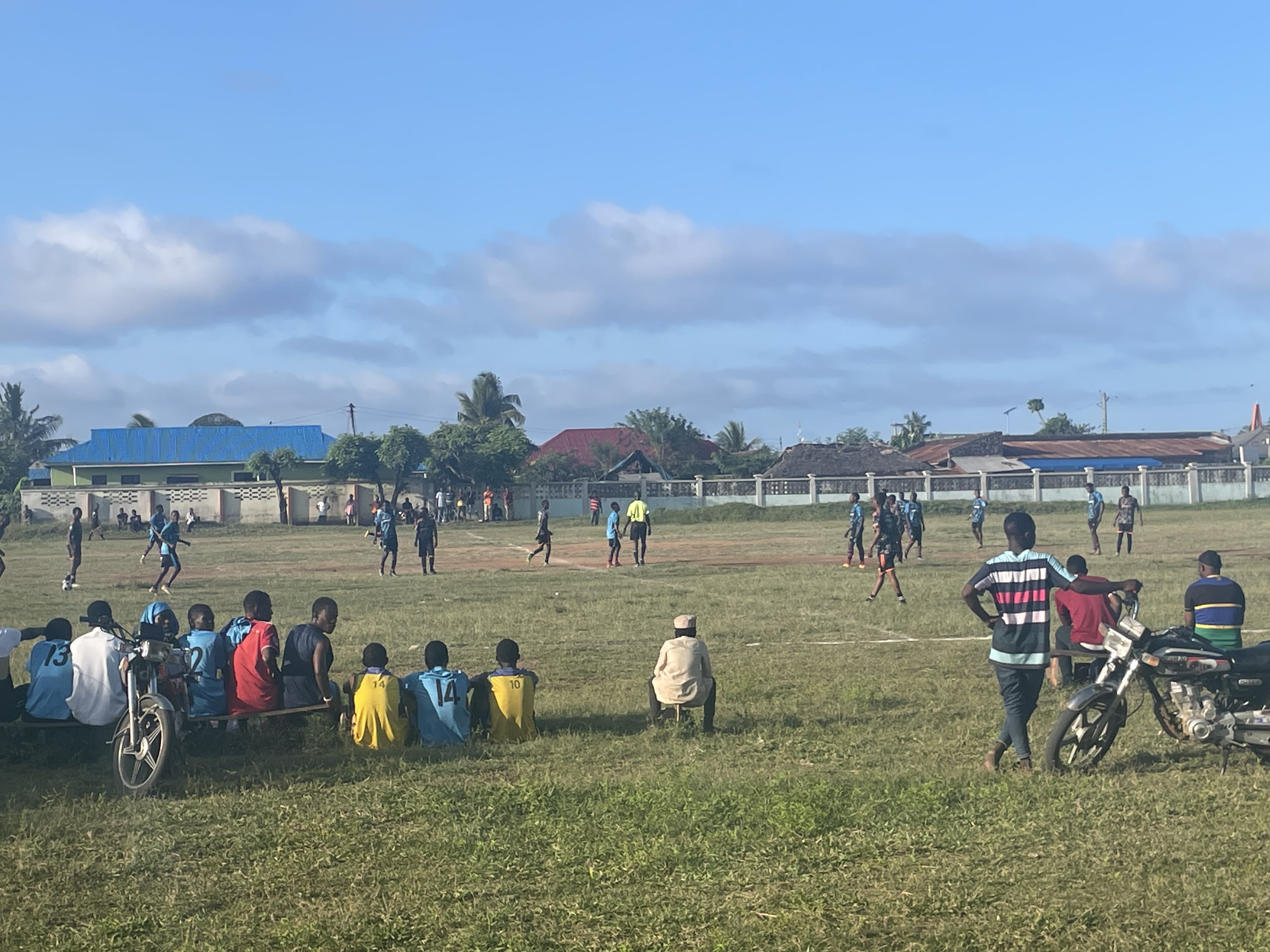

This change in perception of Tanga becoming a place where youth want to stay is also often more visible in stories.
For example, the mayor now calls the city’s youth forum the pride of Tanga — which is something that previously didn’t exist, Oren said.
“This is something that you cannot capture in a project report because there’s no project. It’s something that the collaborative created together,” he said.
EDITOR'S NOTE
Fondation Botnar facilitated Devex’s travel and logistics for this reporting. Devex retains full editorial independence and control of the content.
Photos by Sara Jerving
Produced by Mariane Samson